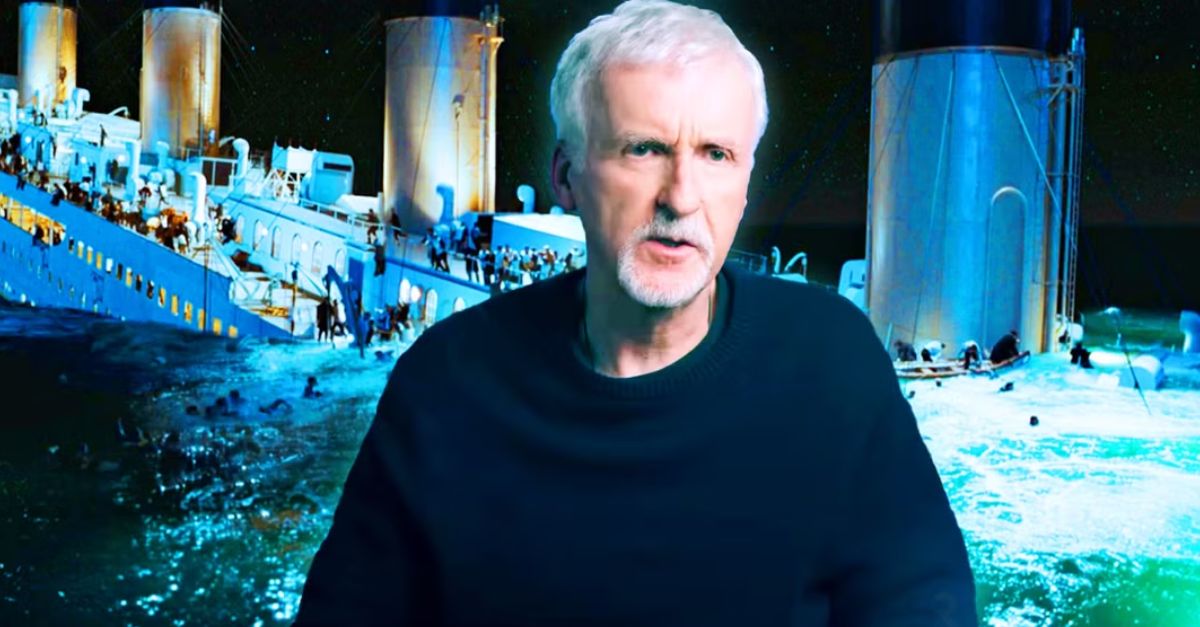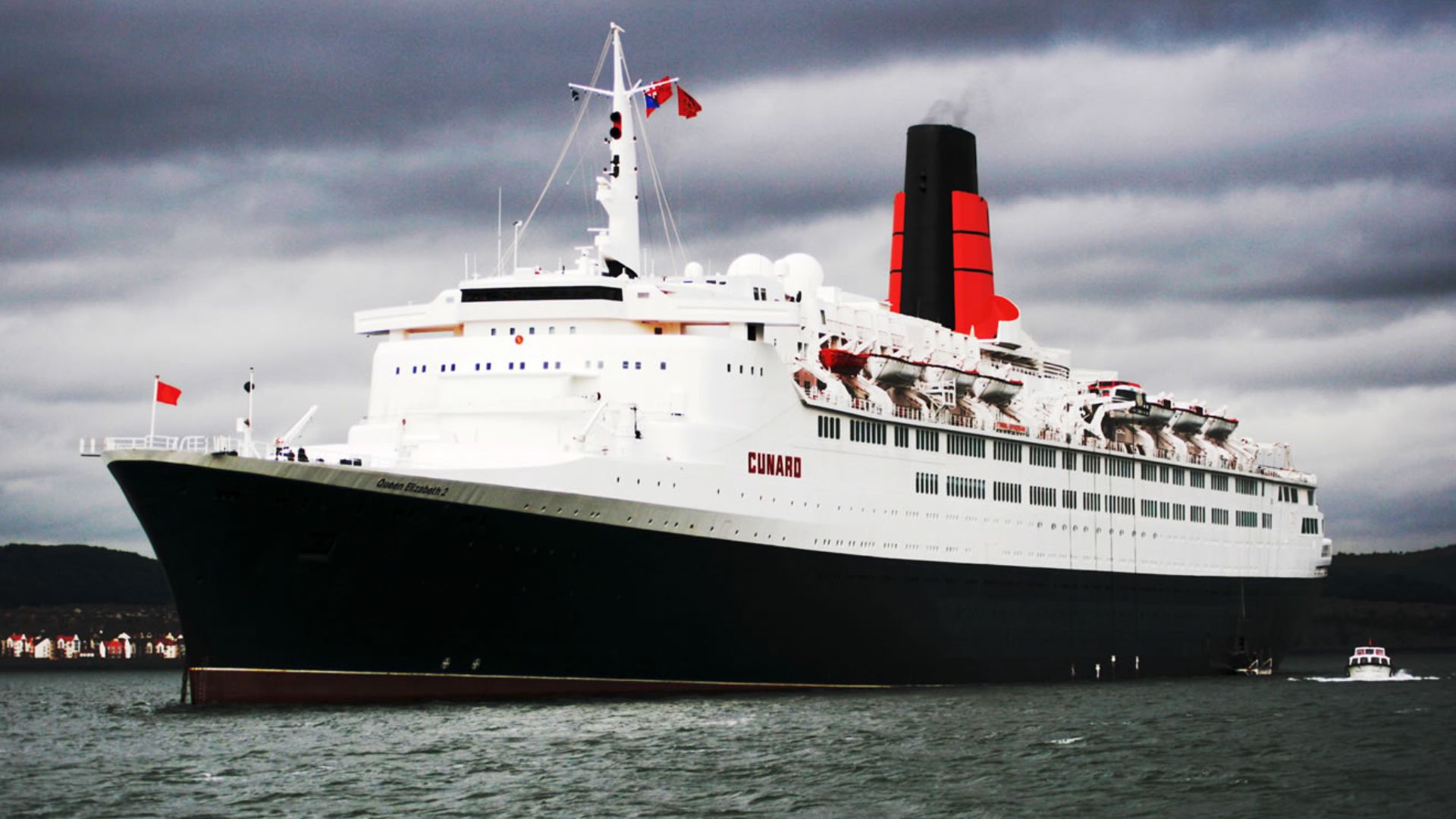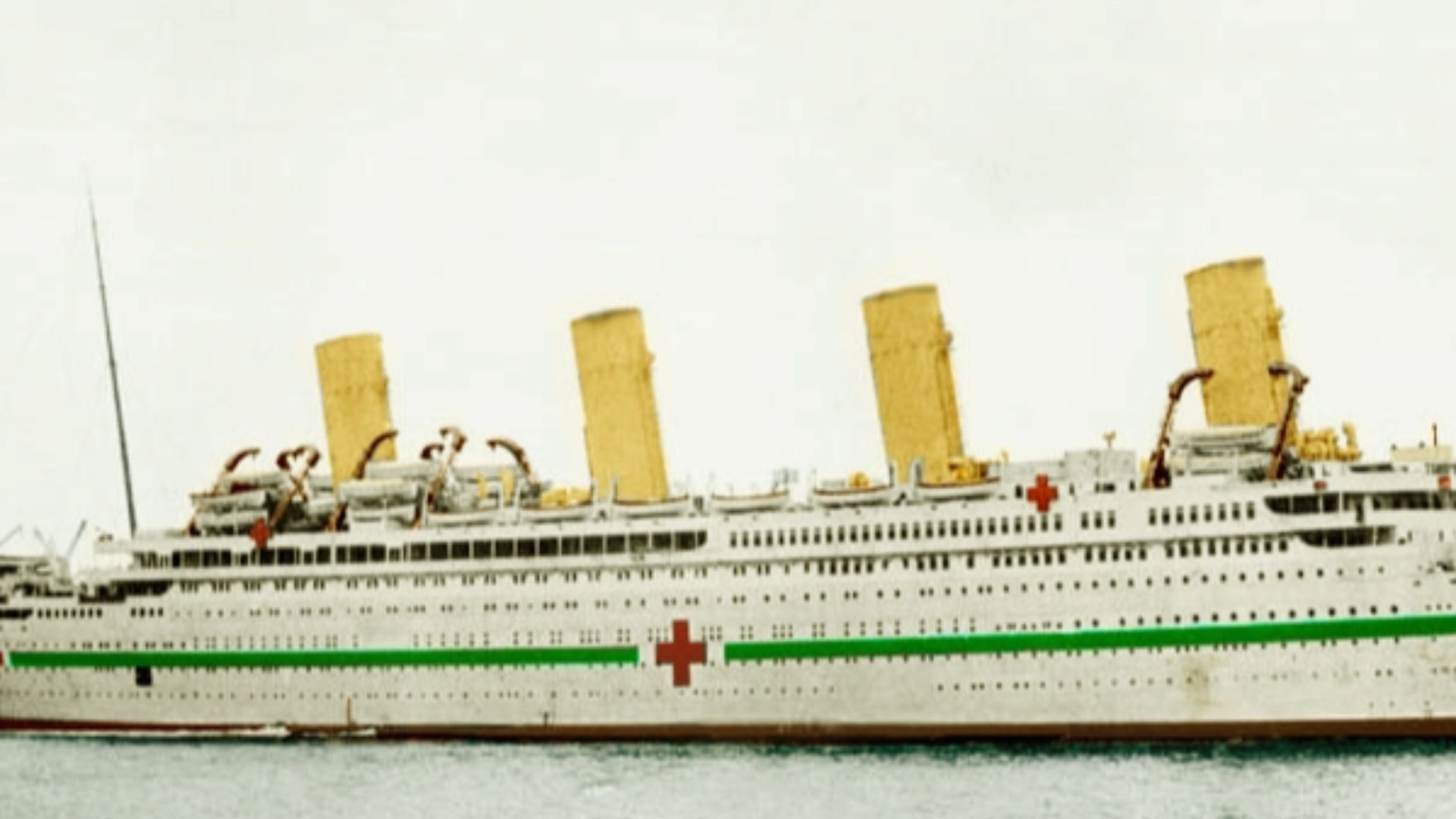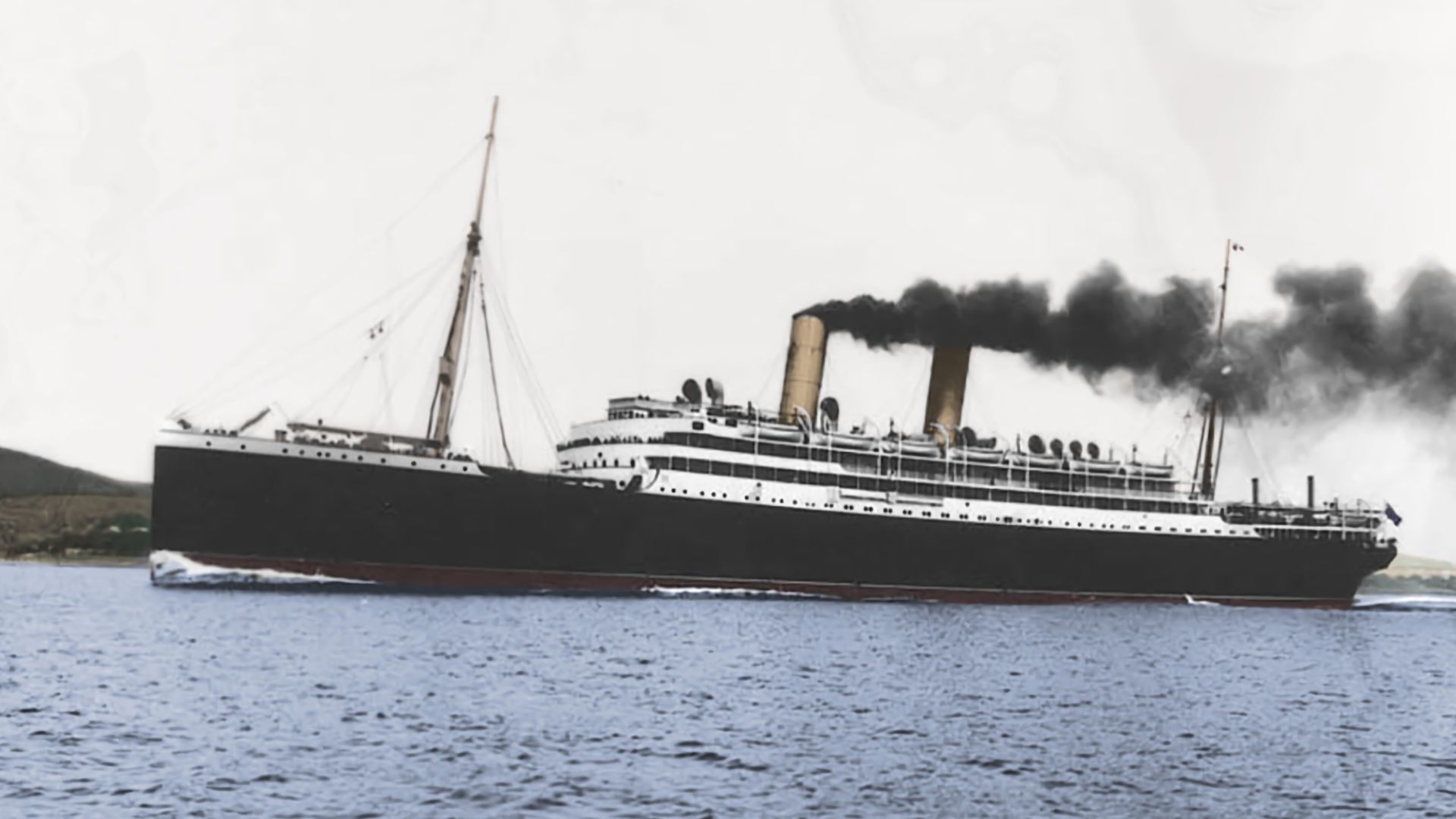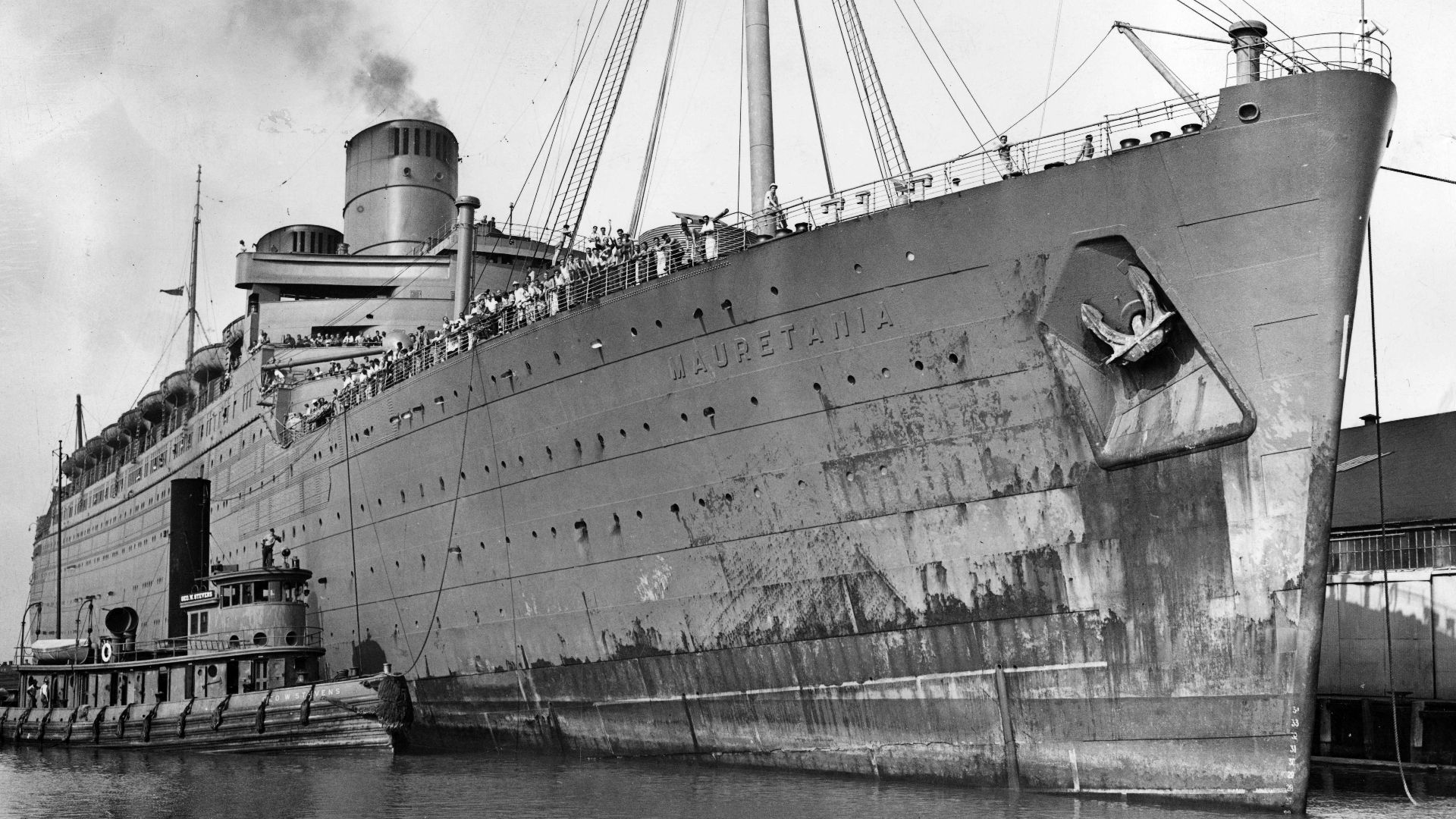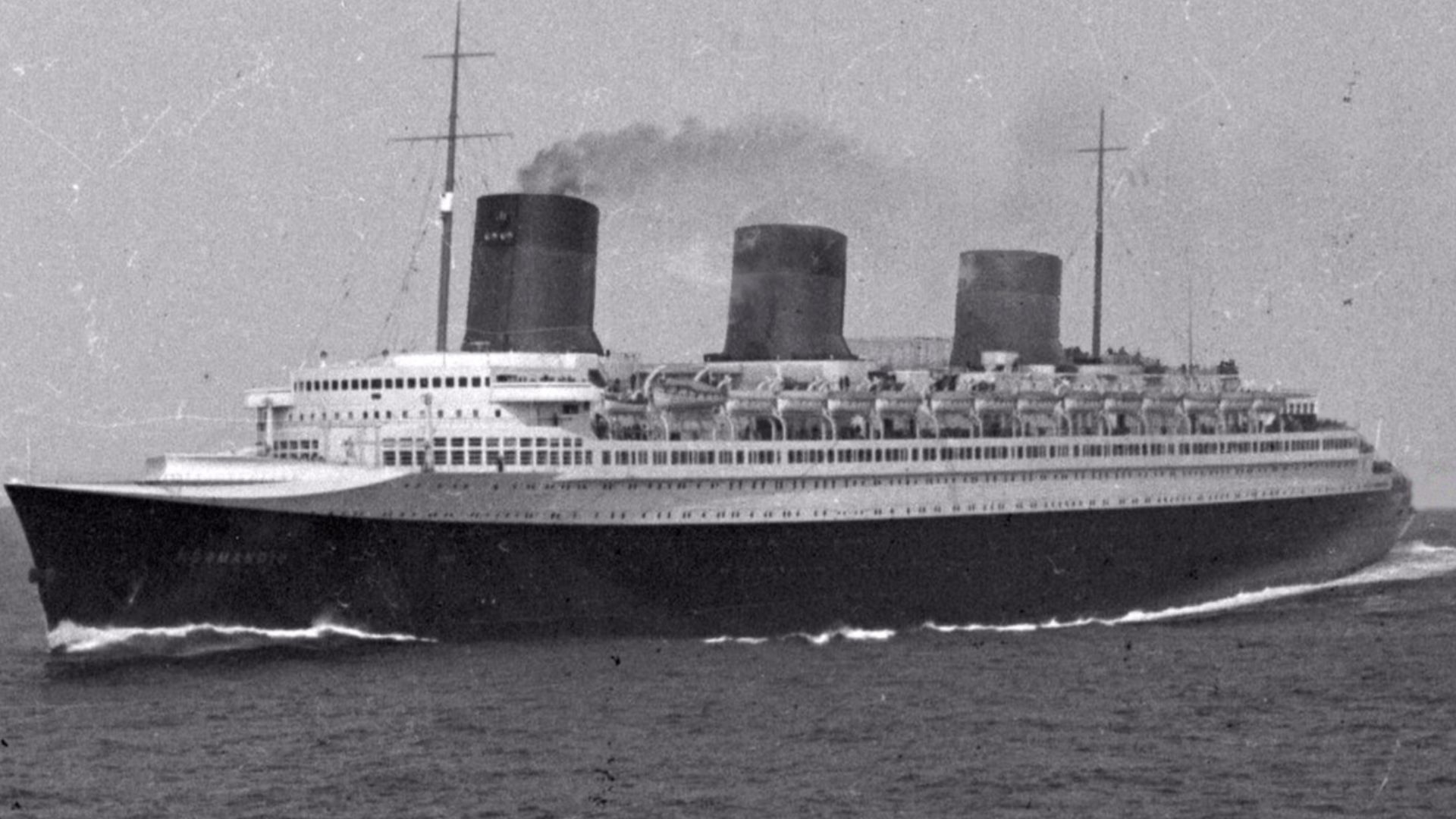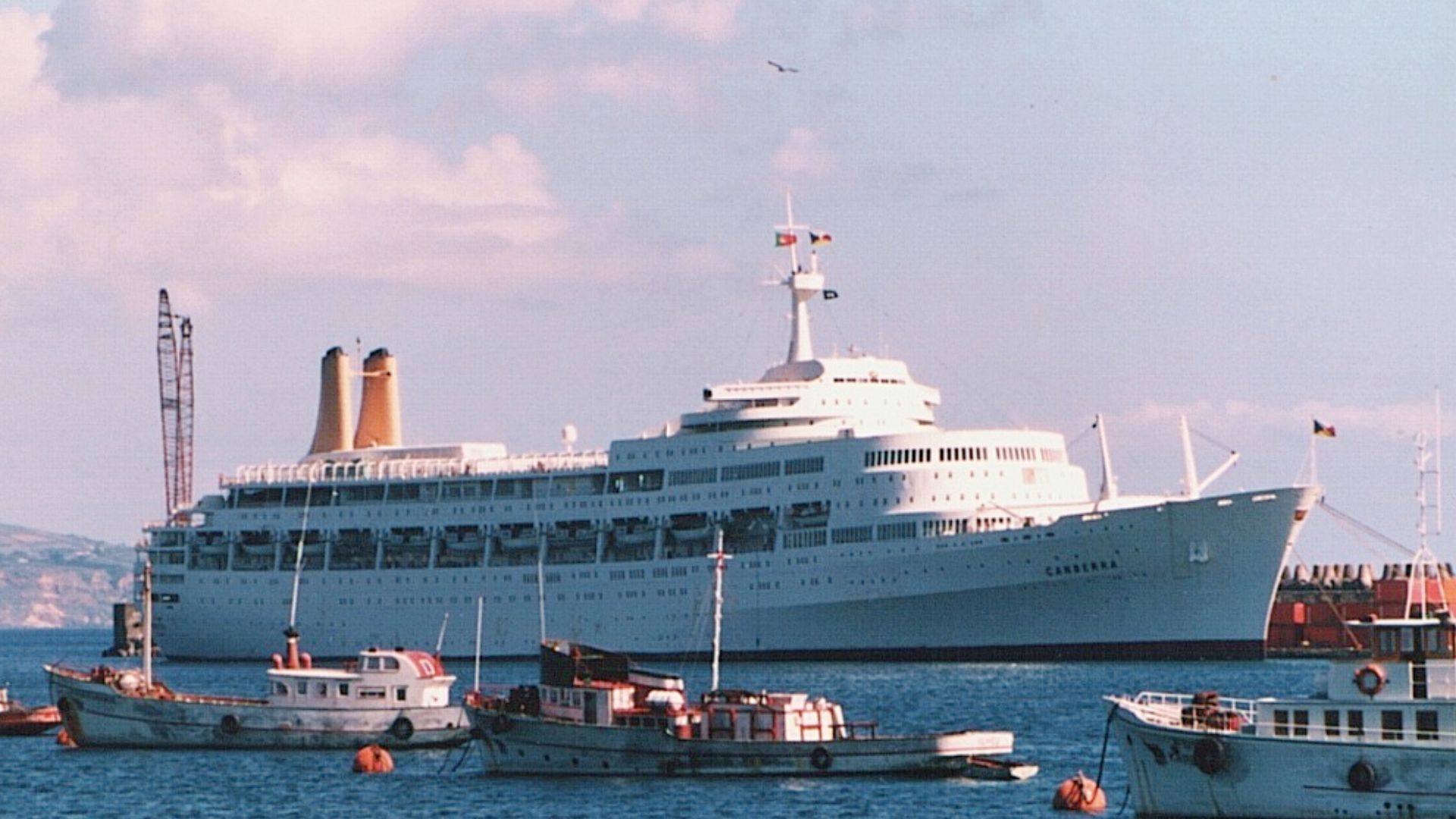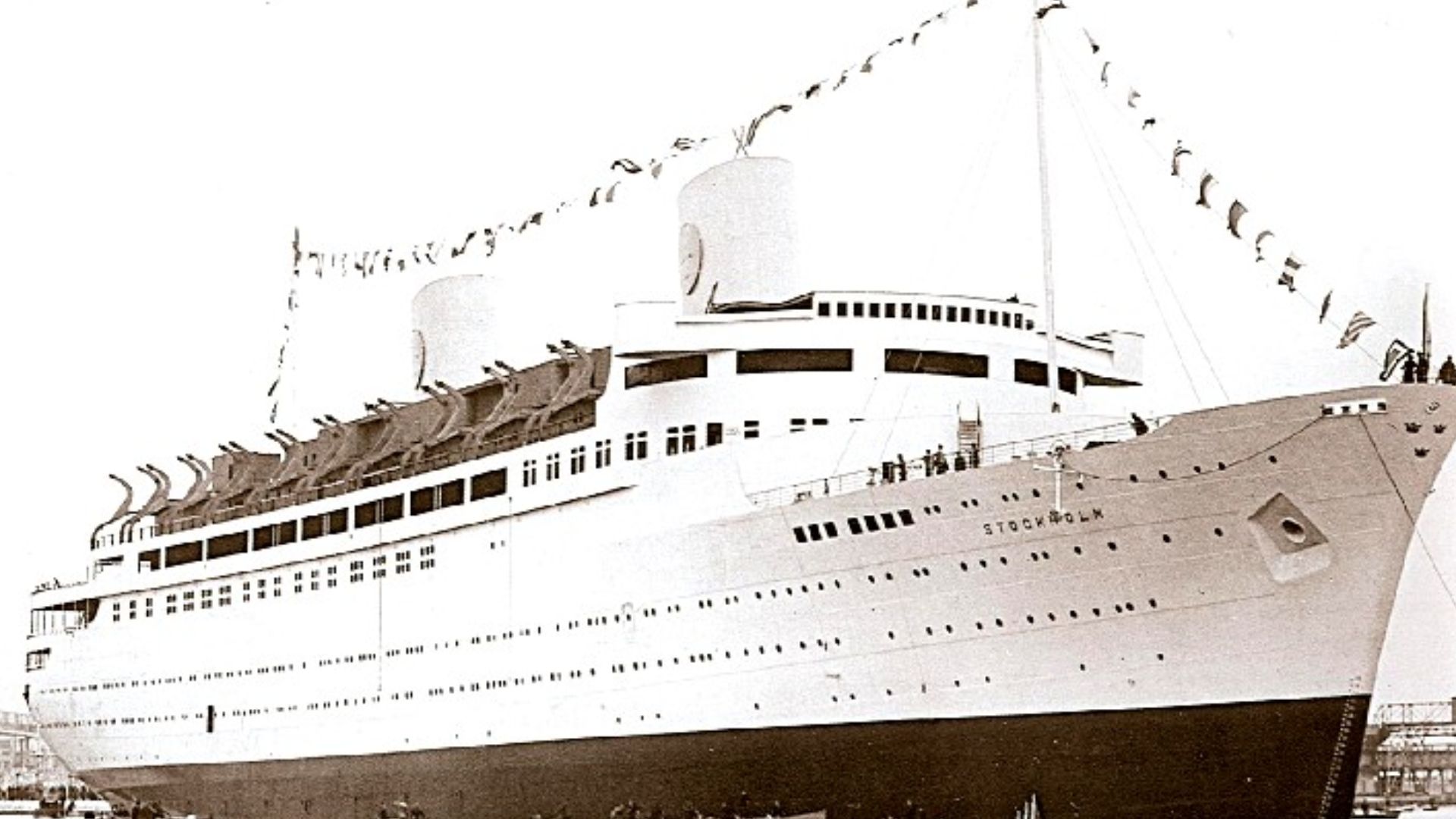Ocean Giants
Beneath polished decks and grand chandeliers, these ships carried secrets of their time. Their stories span from heroism to tragedy and sabotage to reinvention.

RMS Persia
Torpedoed in 1915 by a German U-boat without warning, RMS Persia sank rapidly in the Mediterranean. Over 300 people perished, including high-ranking civilians and diplomats. The sinking was widely condemned and broke wartime conventions about targeting civilian ships, further fueling anti-German sentiment during WW1.
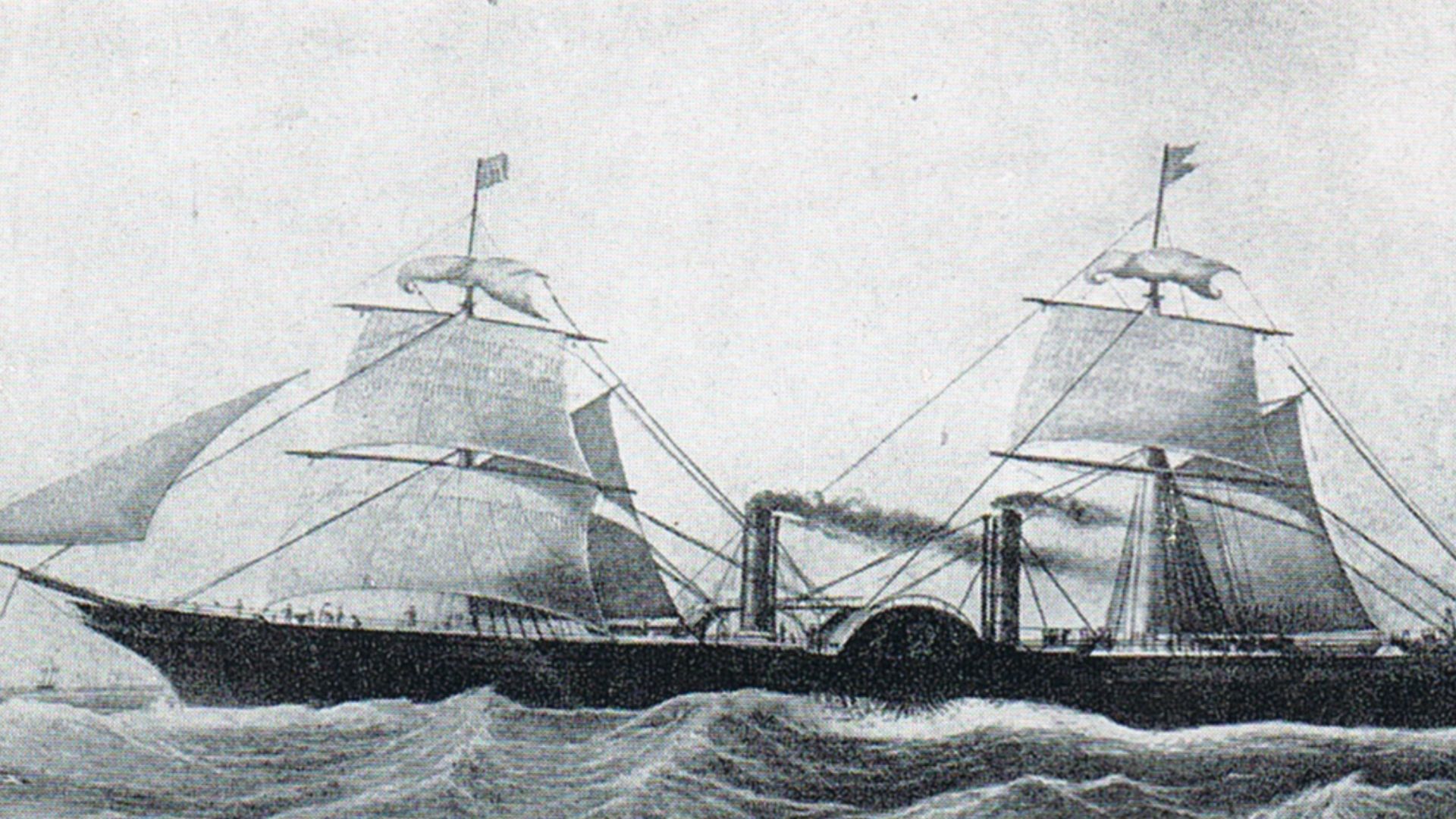 Unknown authorUnknown author, Wikimedia Commons
Unknown authorUnknown author, Wikimedia Commons
TSS Duke Of Lancaster
Originally serving as a passenger ferry and cruise ship from 1956, the Duke of Lancaster was eventually docked in Wales during the 1980s. Though left to deteriorate, she found new life as a striking art installation. Her rusting hull was transformed by massive graffiti murals and now draws artists and explorers.
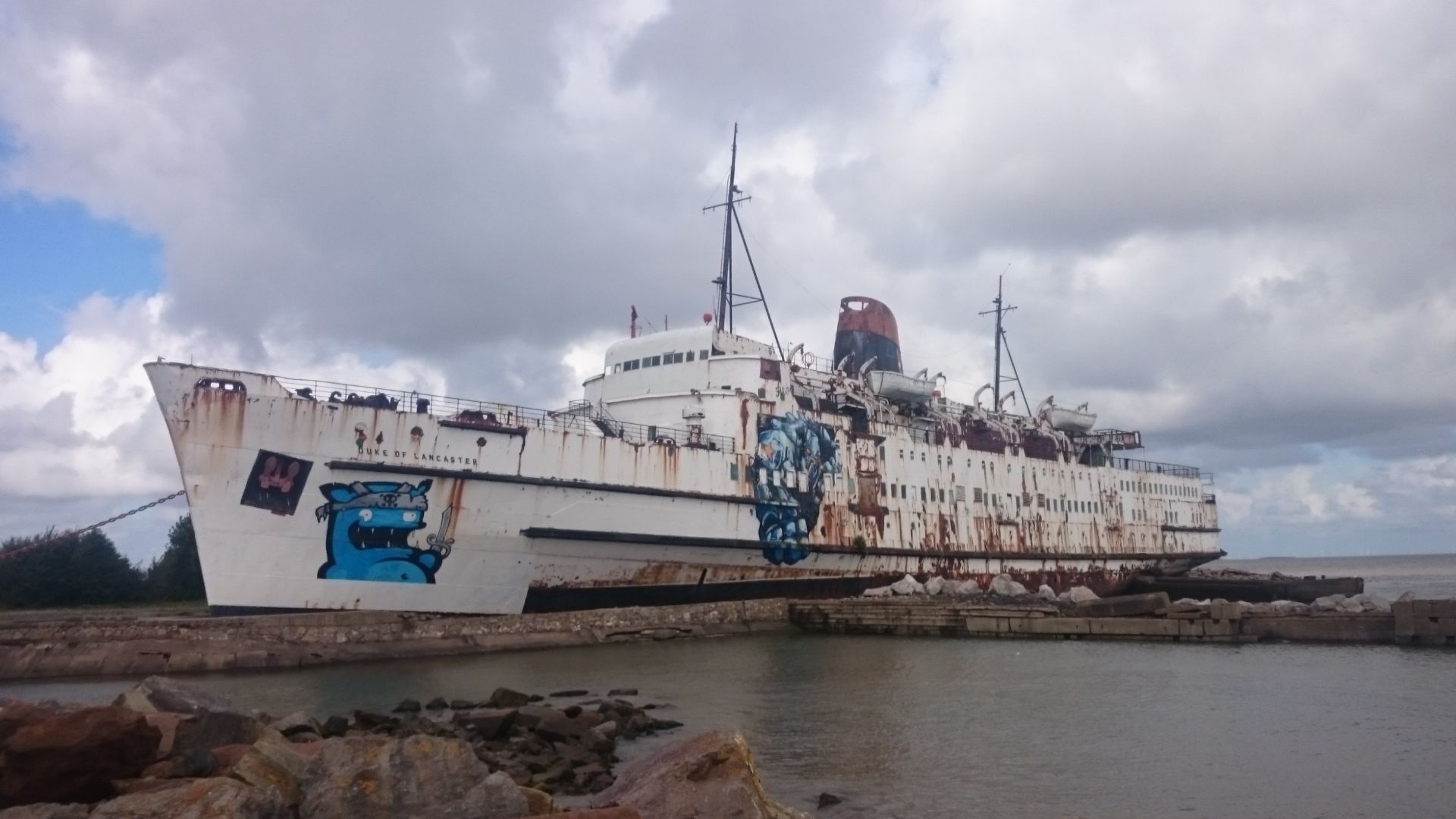 Alex Liivet from Chester, United Kingdom, Wikimedia Commons
Alex Liivet from Chester, United Kingdom, Wikimedia Commons
RMS Titanic
Declared unsinkable, the RMS Titanic went on its maiden voyage in 1912 before striking an iceberg and plunging into the Atlantic. More than 1,500 lives were lost, shocking the world. The disaster led to sweeping maritime reforms, including mandatory lifeboats and 24-hour radio watches on passenger vessels.
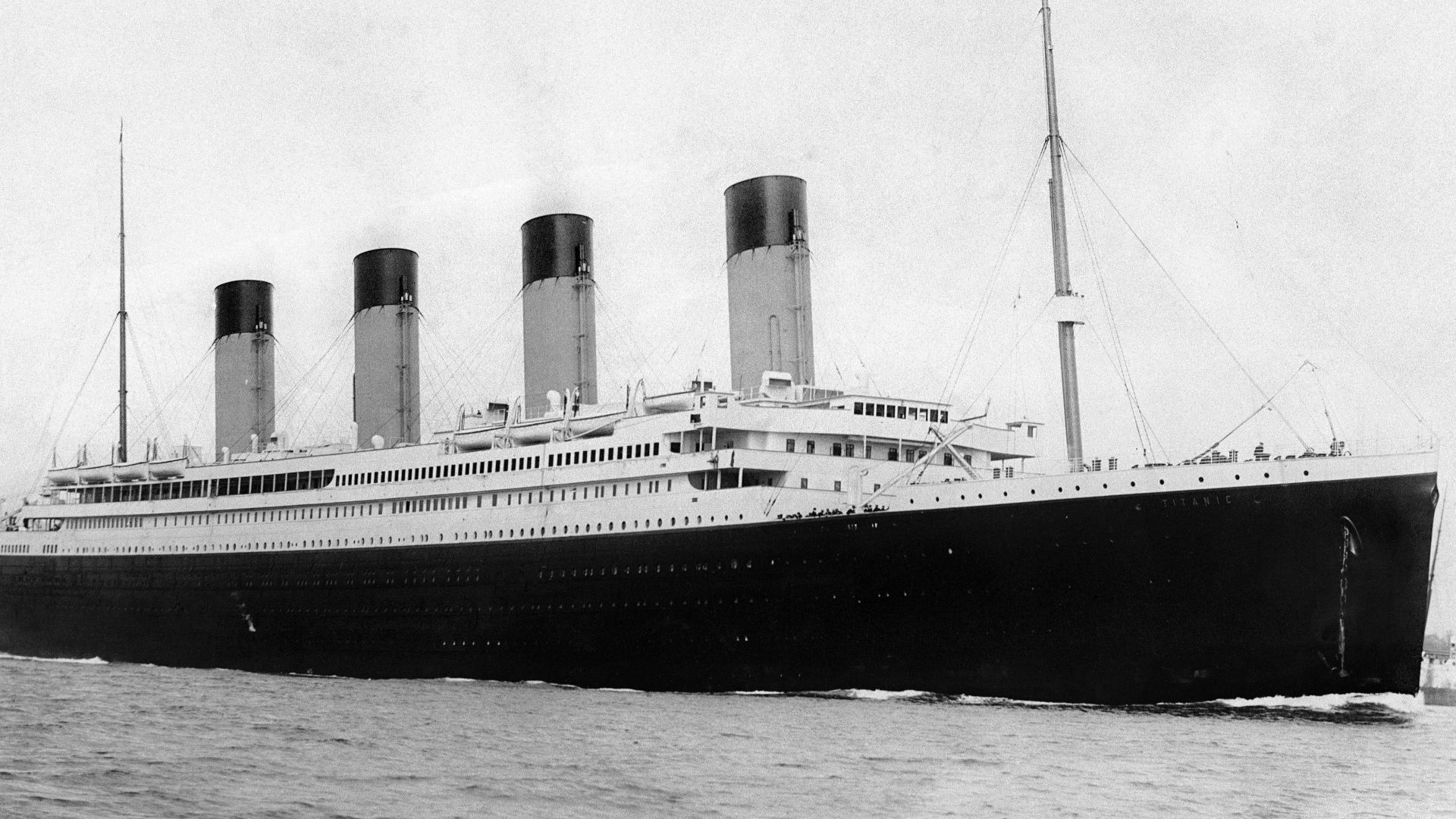 Francis Godolphin Osbourne Stuart, Wikimedia Commons
Francis Godolphin Osbourne Stuart, Wikimedia Commons
RMS Queen Mary
Once a glamorous transatlantic liner and wartime troopship, the Queen Mary is currently a floating hotel and museum in Long Beach, California. Launched in 1934, her elegant art deco interiors and historic exhibitions make her one of the world’s most iconic preserved ocean liners.
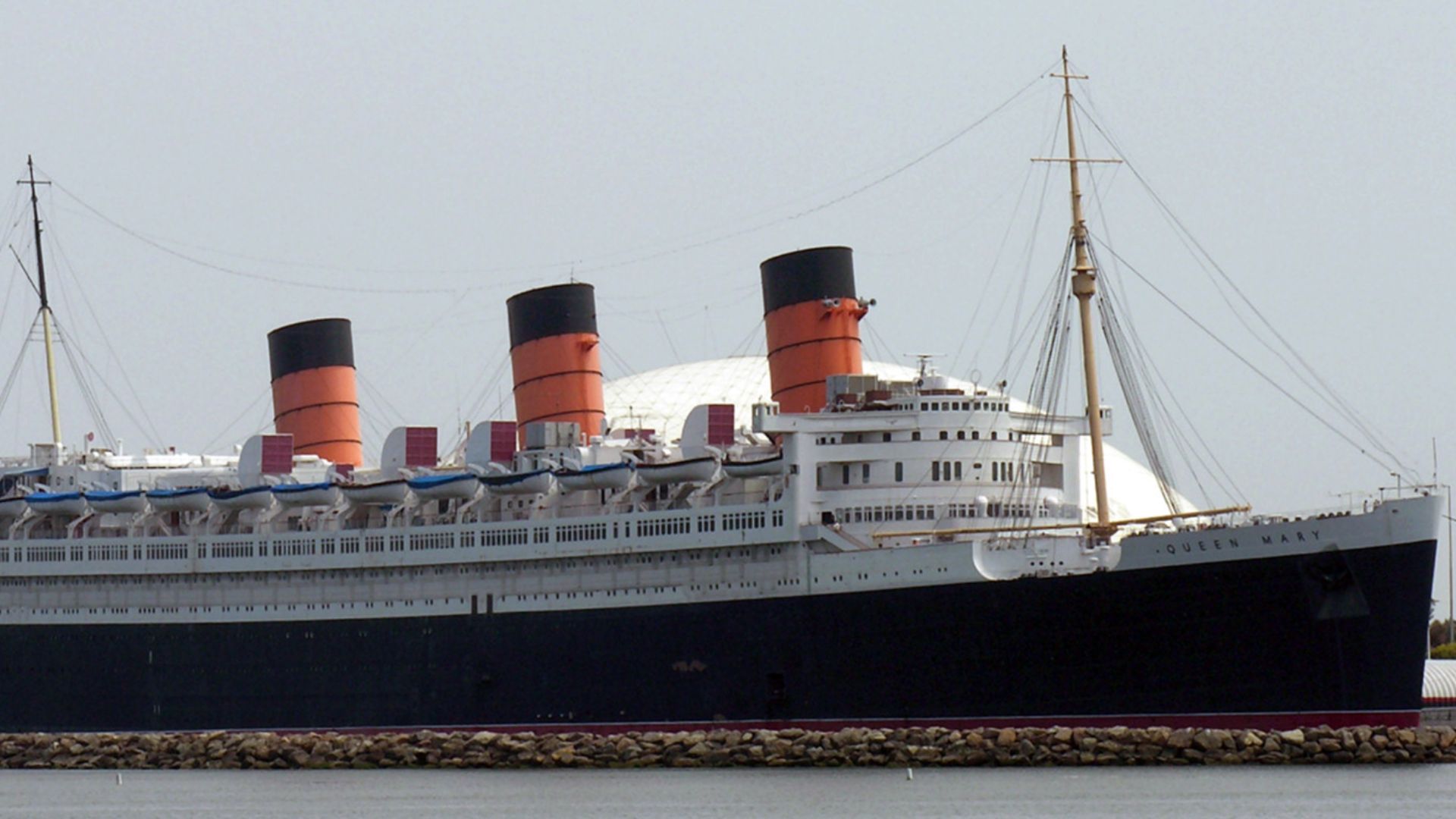 Greg Goebel from Loveland CO, USA, Wikimedia Commons
Greg Goebel from Loveland CO, USA, Wikimedia Commons
RMS Queen Elizabeth 2 (QE2)
A British icon for nearly 40 years, the QE2 sailed from 1969 to 2008 as Cunard’s flagship. After retirement, she moved to Dubai, where she is now a floating hotel. Though partially modernized, many original features remain, which preserves her legacy as a modern heir to the transatlantic tradition.
RMS Caronia
Known as the “Green Goddess” due to her distinctive livery, RMS Caronia was Cunard’s first ship designed specifically for cruising as well as transatlantic travel in 1947. Launched in the postwar years, she blended ocean liner class with resort-style luxury, influencing modern cruise ship design. She was scrapped after grounding in 1974.
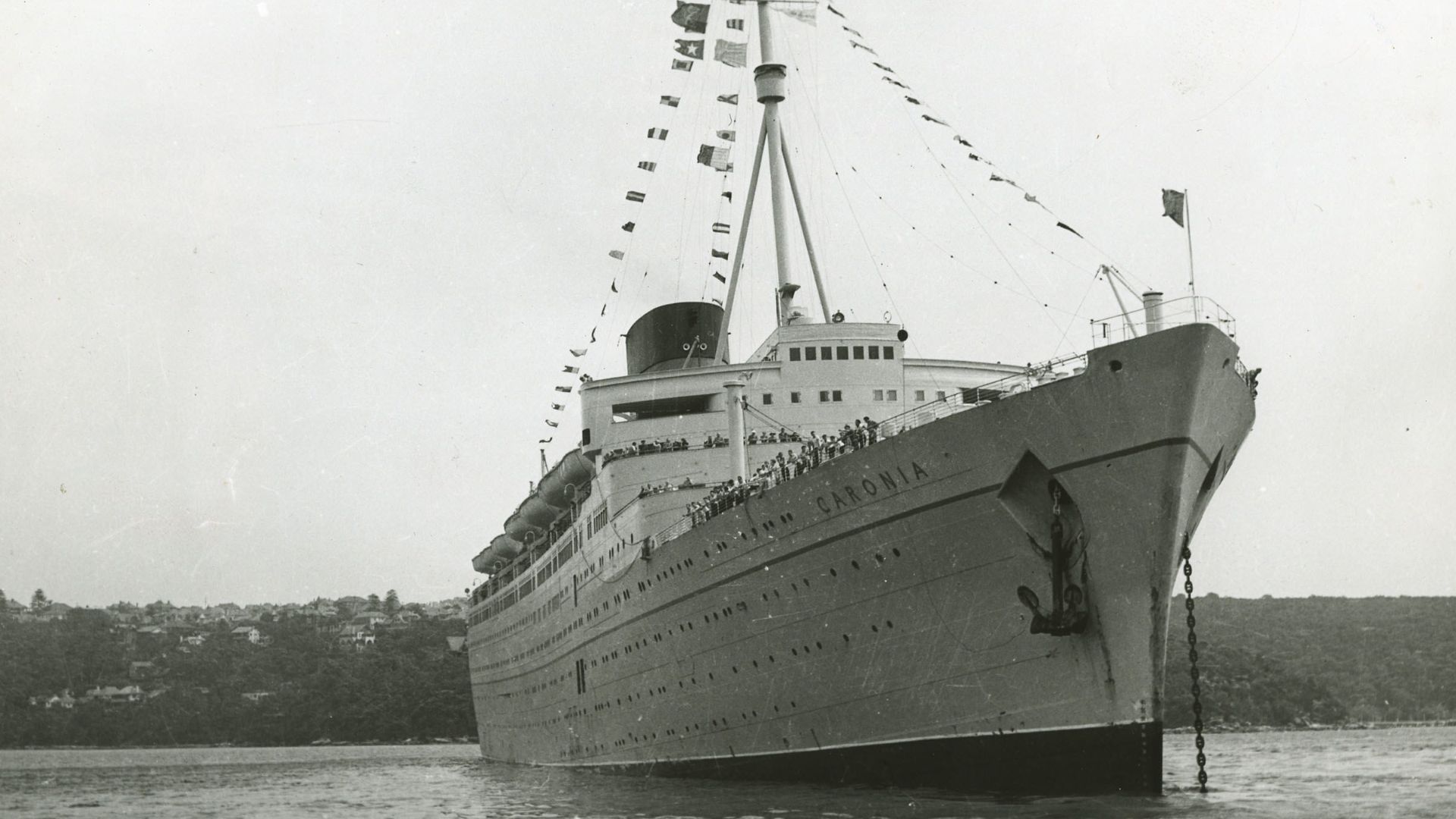 Australian National Maritime Museum on The Commons, Wikimedia Commons
Australian National Maritime Museum on The Commons, Wikimedia Commons
SS Ile De France
This 1926 luxurious French liner combined bold Art Deco interiors with cinematic flair, appearing in Hollywood films and newsreels. In 1956, she aided the Andrea Doria rescue, which further cemented her legacy. Famed for elegance and bravery, Ile de France stood as a glamorous bridge between ocean travel and popular culture.
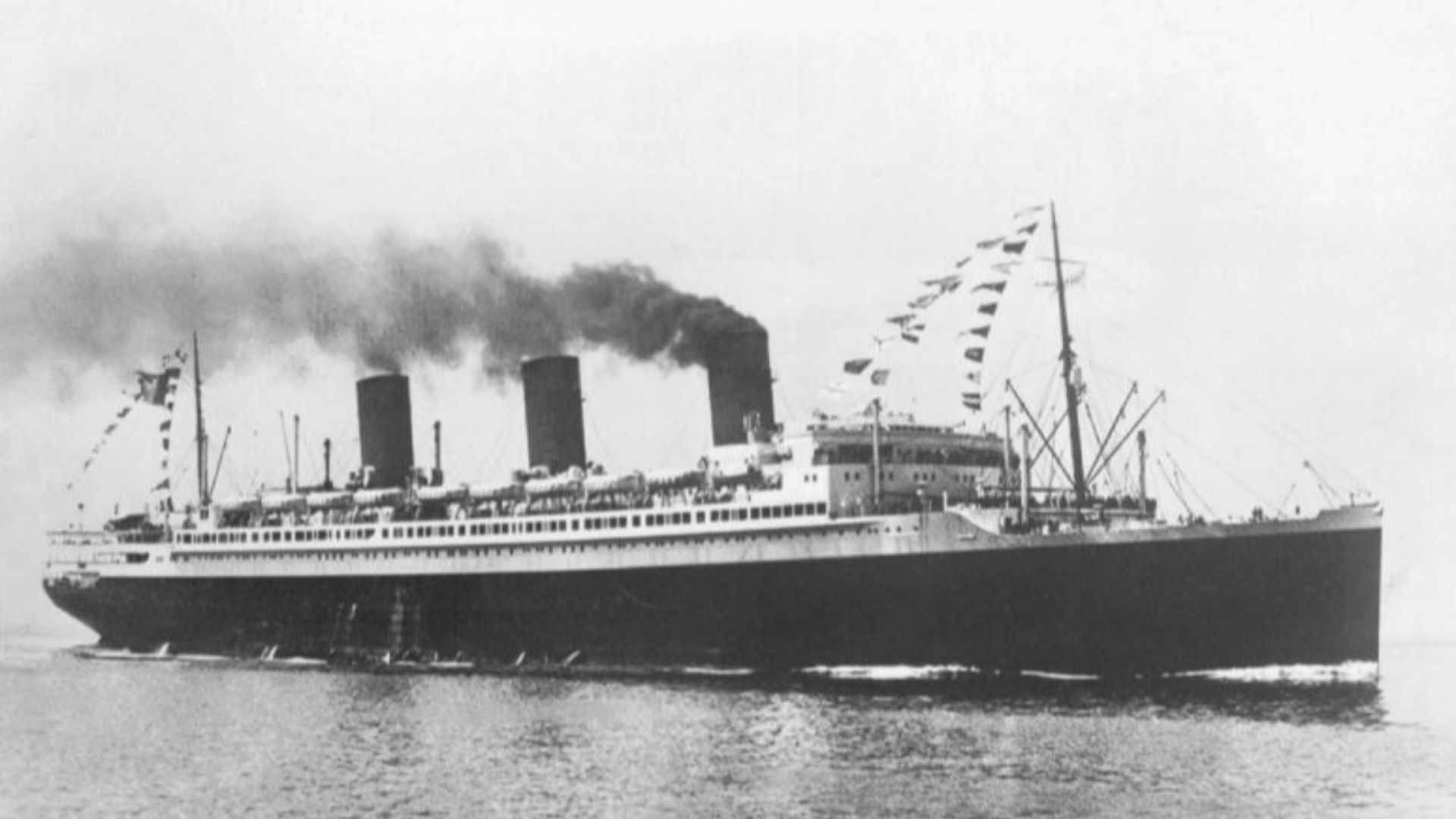 Unknown authorUnknown author, Wikimedia Commons
Unknown authorUnknown author, Wikimedia Commons
HMHS Britannic
Intended as a hospital ship during WW1, the Britannic—Titanic’s younger sister—struck a mine in the Aegean Sea in 1916. Despite being better equipped than Titanic, it sank in just 55 minutes. Fortunately, most survived, but the tragedy reinforced wartime vulnerability even for non-combatant vessels.
SS Andrea Doria
A symbol of postwar Italian pride, the Andrea Doria collided with the MS Stockholm in dense fog near Nantucket in 1956. Despite advanced radar, miscommunication doomed the ship. Forty-six people died, but over 1,600 were rescued in a complex nighttime evacuation that remains one of maritime history’s most dramatic.
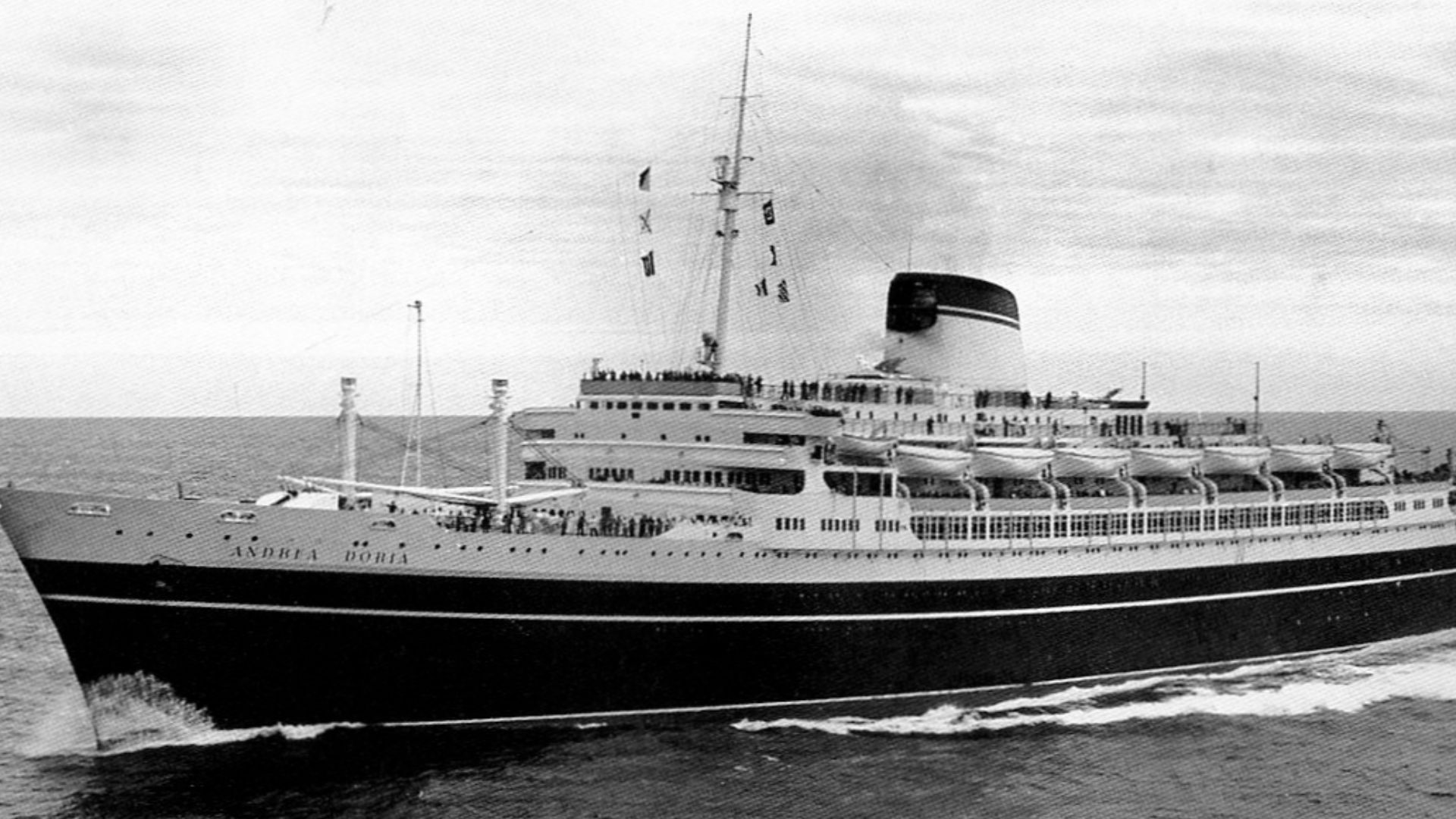 Unknown photographer, Wikimedia Commons
Unknown photographer, Wikimedia Commons
RMS Lusitania
On May 7, 1915, a German U-boat torpedoed the Lusitania off the Irish coast. Nearly 1,200 people died, including 128 Americans. Though it wasn't the sole cause of US entry into WW1, the attack stirred outrage and highlighted the deadly risks of civilian sea travel during wartime.
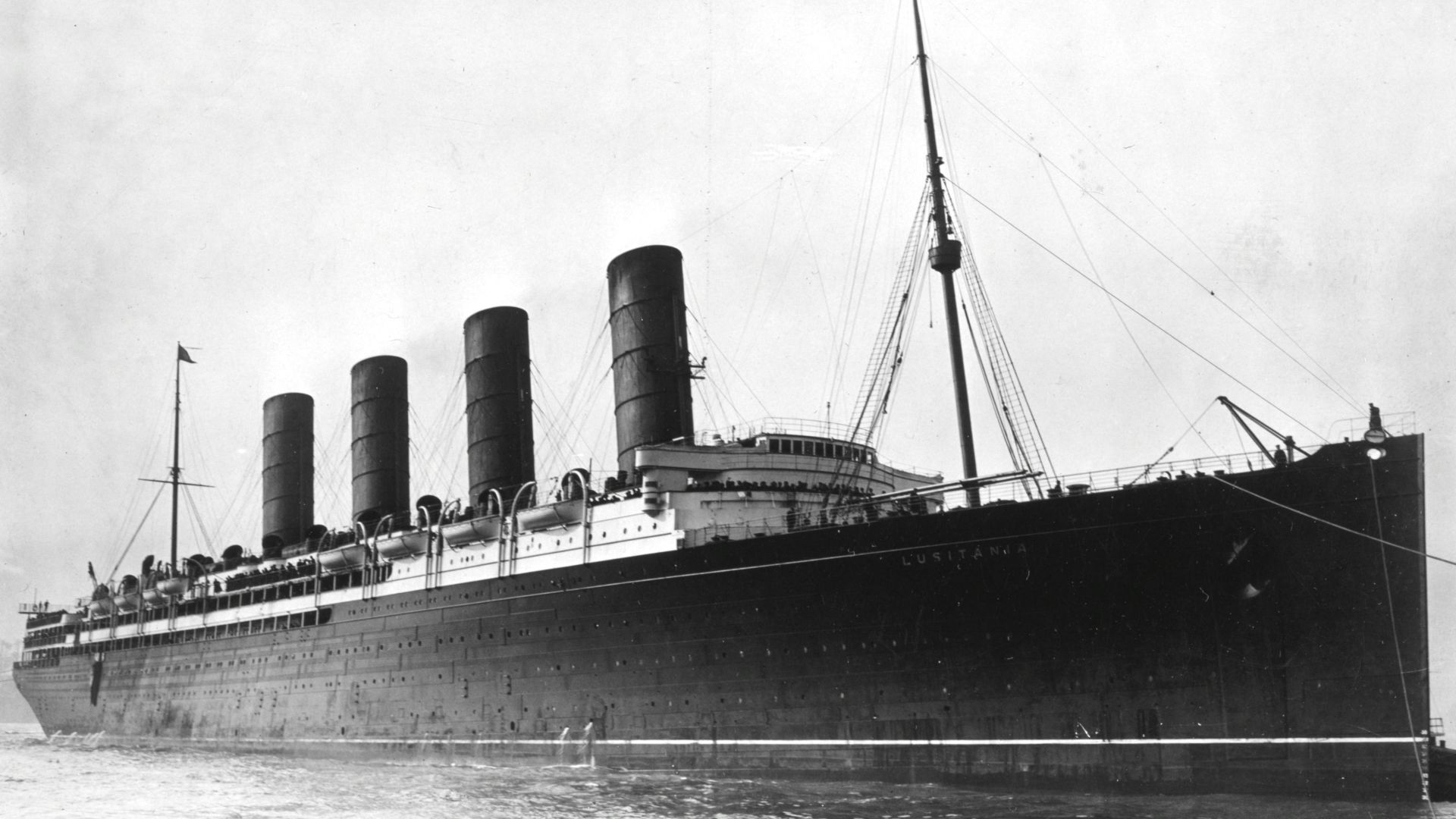 George Grantham Bain, Wikimedia Commons
George Grantham Bain, Wikimedia Commons
SS Atlantic
Owned by the White Star Line, the SS Atlantic ran aground near Nova Scotia while low on coal in 1873. In heavy seas, over 500 passengers drowned—many women and children trapped below deck. The tragedy, less famous than Titanic’s, was one of the 19th century’s deadliest civilian maritime disasters.
 Robert Yarnall Richie, Wikimedia Commons
Robert Yarnall Richie, Wikimedia Commons
RMS Empress Of Ireland
Canada’s pride, the Empress of Ireland, collided with a Norwegian collier in the St Lawrence River on a foggy May morning in 1914. The liner sank in just 14 minutes. Over 1,000 passengers and crew perished, which made it one of the worst peacetime maritime losses in North American history.
RMS Lancastria
During the 1940 evacuation of British troops and civilians from France, the Lancastria was destroyed by German aircraft off Saint-Nazaire. Though exact numbers remain debated, estimates suggest over 5,000 people died—making it Britain’s deadliest maritime disaster. The government suppressed news of the sinking for morale reasons during wartime.
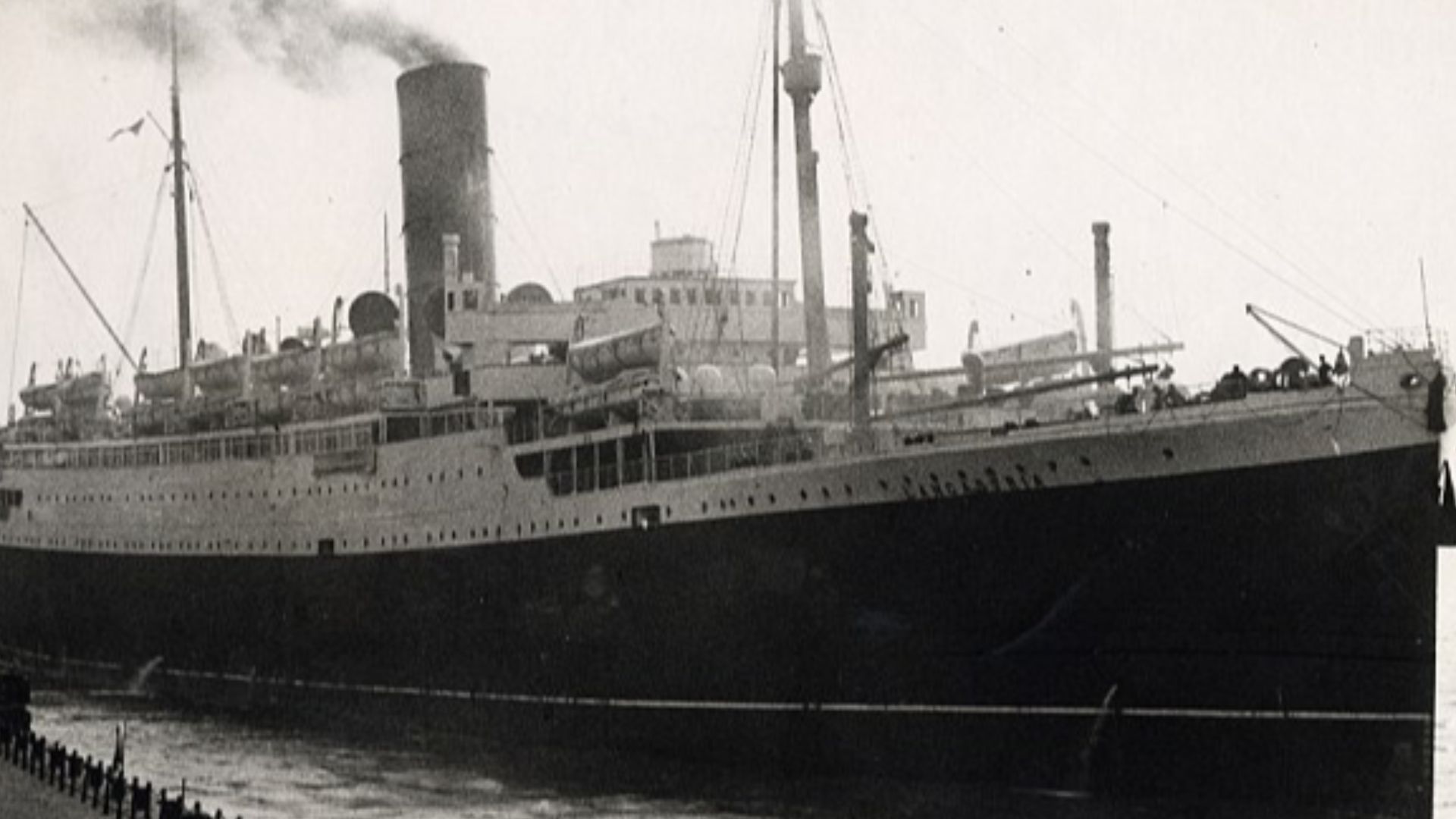 Pauline Marie, Wikimedia Commons
Pauline Marie, Wikimedia Commons
SS Athenia
Only a few hours after Britain declared war on Germany in 1939, the passenger liner Athenia was hit by a German U-boat. It became the first British ship lost in WW2. Despite German denials, the attack killed 117 people and exposed civilians to the immediate dangers of submarine warfare.
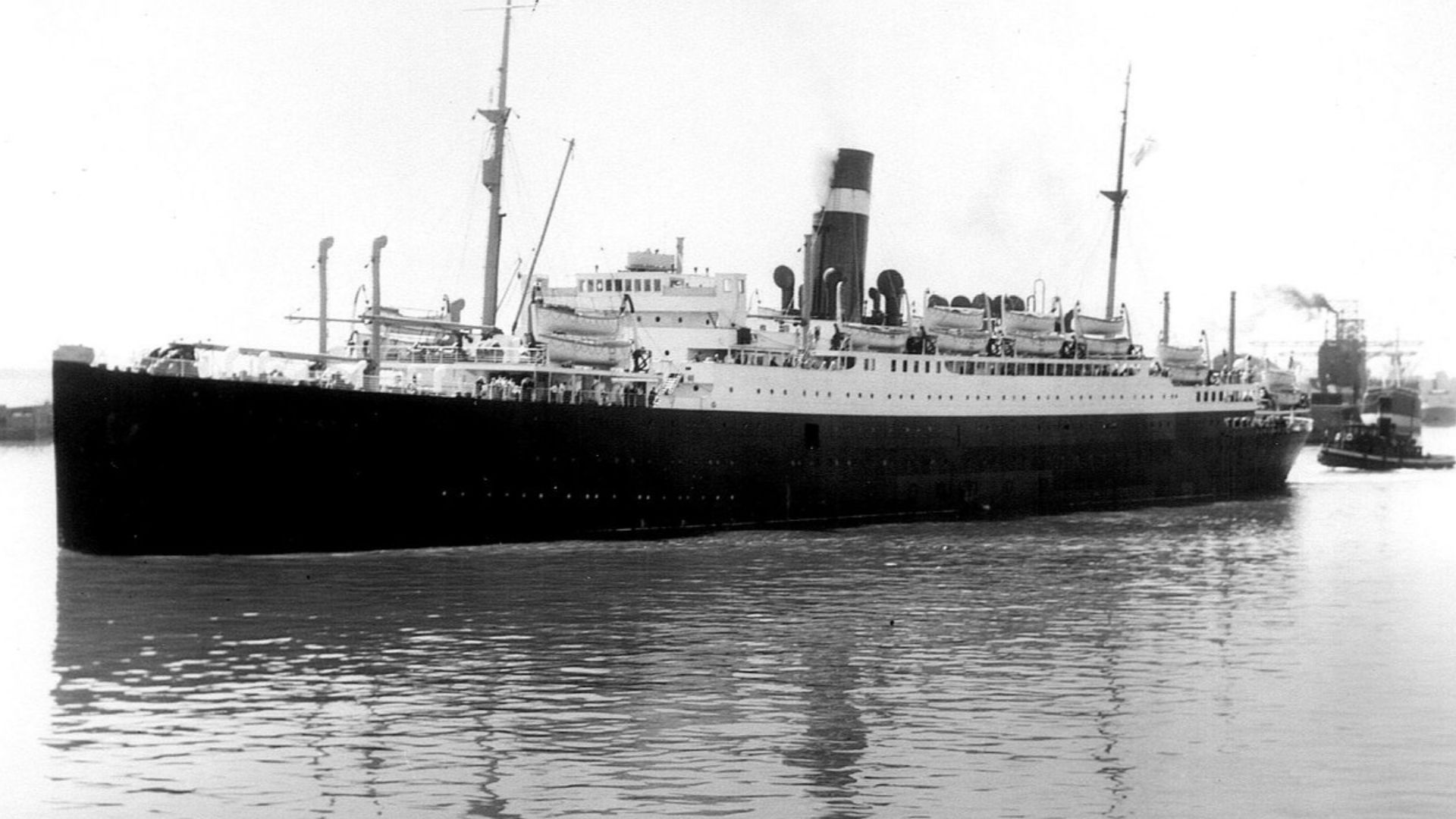 Johnston, C.M. (Part of the Clifford M. Johnston collection), Wikimedia Commons
Johnston, C.M. (Part of the Clifford M. Johnston collection), Wikimedia Commons
SS Noronic
Docked in Toronto harbor in 1949, the SS Noronic caught fire in the dead of night. Poor emergency response and locked exits doomed many passengers, most of whom were asleep. The disaster triggered significant changes in Canadian fire safety regulations and ship inspection standards.
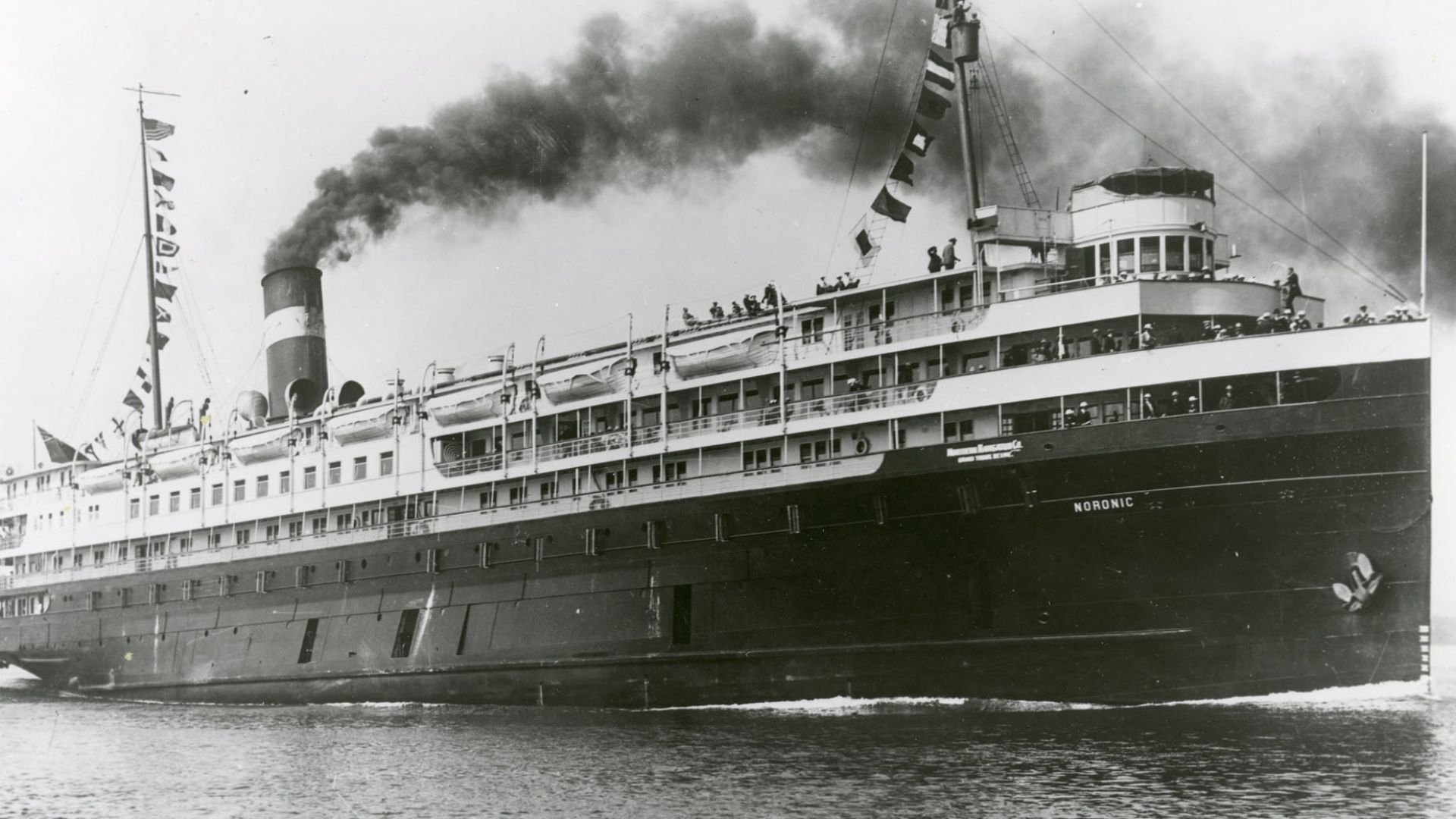 Unknown authorUnknown author, Wikimedia Commons
Unknown authorUnknown author, Wikimedia Commons
SS Ville Du Havre
In 1873, the French steamer Ville du Havre had an accident with a British iron sailing ship in the mid-Atlantic. Within minutes, the liner broke in two and sank, killing 226 passengers and crew. The tragedy inspired hymns and personal accounts, including that of Horatio Spafford, who famously lost his daughters in the disaster.
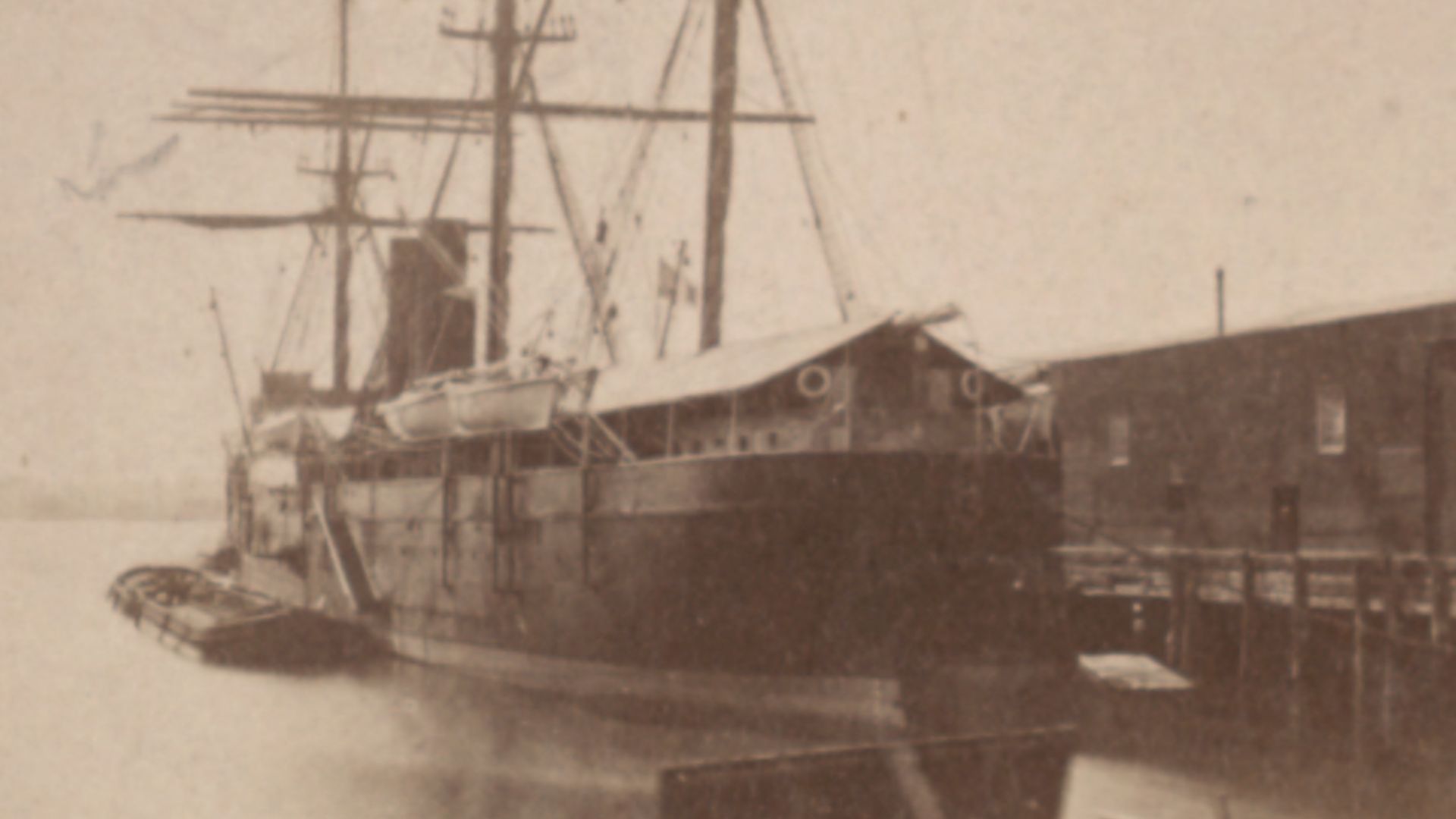 Unknown artistUnknown artist, Wikimedia Commons
Unknown artistUnknown artist, Wikimedia Commons
RMS Tayleur
Marketed as an iron-hulled marvel, the RMS Tayleur sank on her 1854 maiden voyage to Australia. Navigational issues and magnetic interference sent the ship onto rocks off Ireland’s coast. Of the 650 onboard, nearly half died. The disaster highlighted early shortcomings in maritime engineering and compass reliability on iron ships.
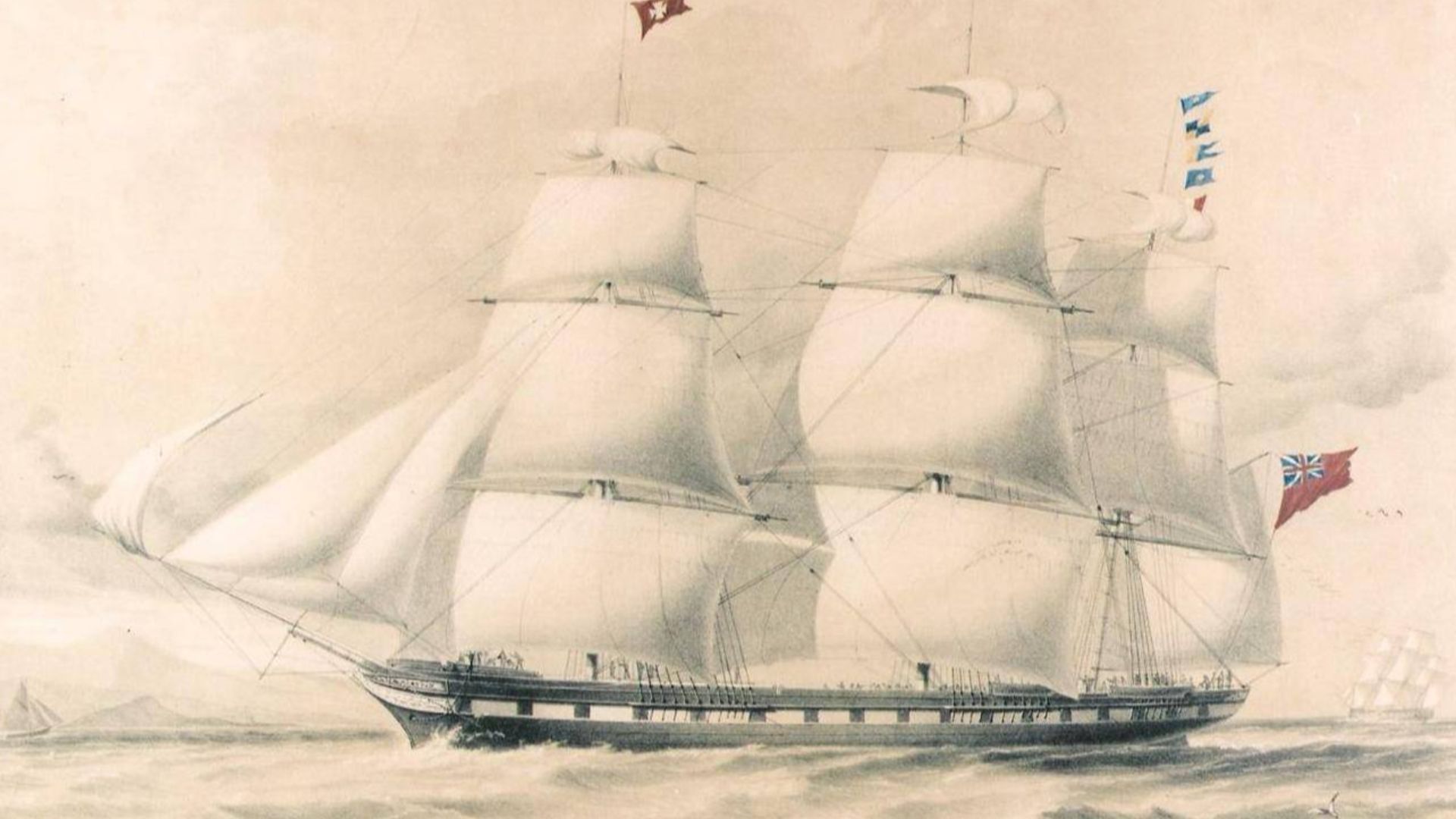 John Raphael Isaac / After C. P. Williams, Wikimedia Commons
John Raphael Isaac / After C. P. Williams, Wikimedia Commons
SS Morro Castle
The luxury liner Morro Castle caught fire off the New Jersey coast during a return voyage from Havana in 1934. The blaze spread rapidly, claiming 137 lives. Faulty alarms and poor crew training with suspected arson contributed to the tragedy, which led to major reforms in fire safety at sea.
 Antonio Jacobsen, Wikimedia Commons
Antonio Jacobsen, Wikimedia Commons
SS Ceramic
In December 1942, the SS Ceramic was targeted in the Atlantic while en route to Australia. It carried military personnel, civilians, and nurses. Only one person survived out of more than 650. The ship’s sudden destruction remains one of the lesser-known yet deeply tragic maritime losses of WW2.
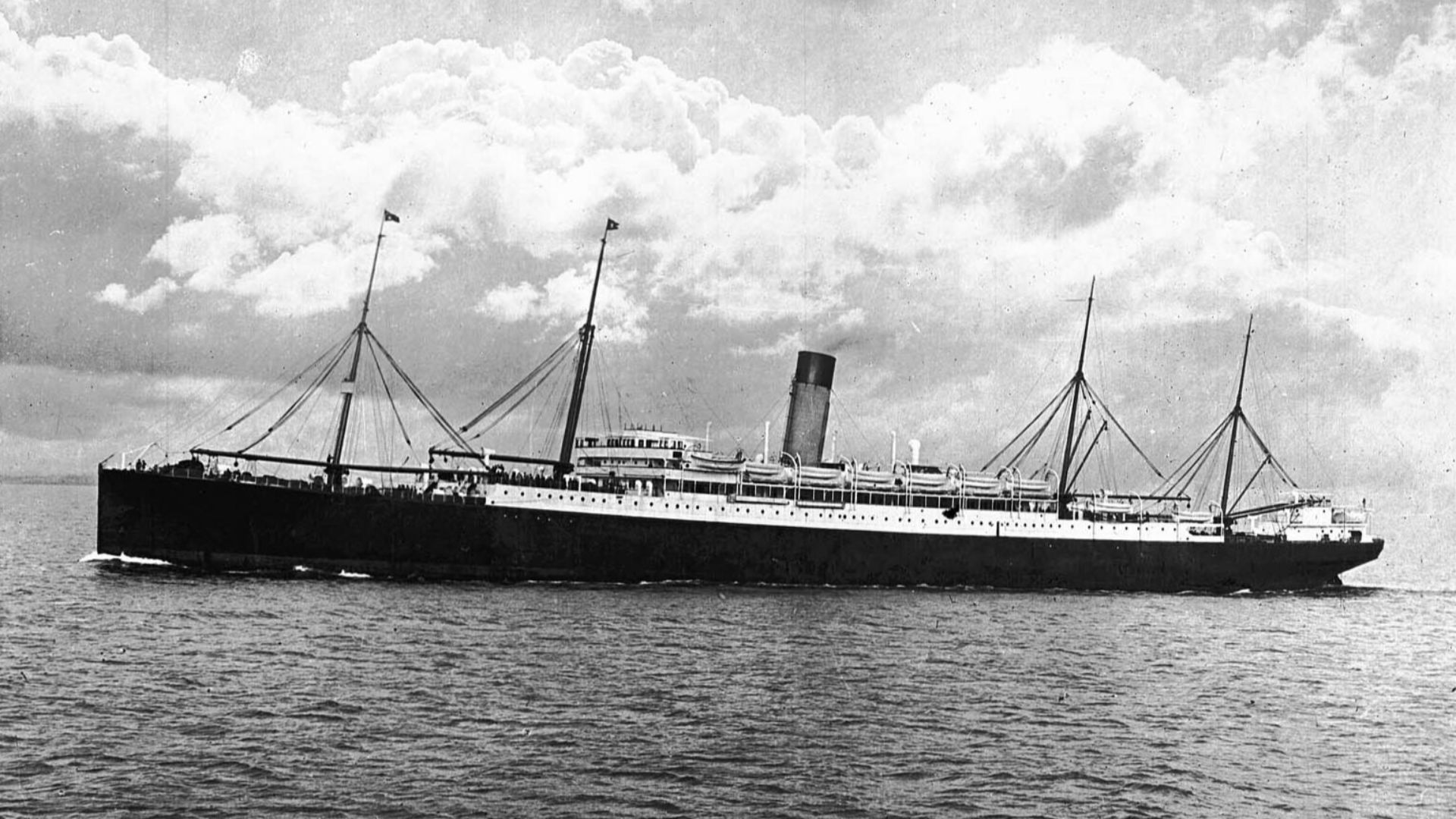 Australian National Maritime Museum on The Commons, Wikimedia Commons
Australian National Maritime Museum on The Commons, Wikimedia Commons
SS Nomadic
The last surviving White Star Line ship, SS Nomadic, was built in 1911 as a tender for the Titanic and the Olympic. She ferried first-class passengers in Cherbourg. After decades of obscurity, she was restored and returned to Belfast, where she now sits beside Titanic Belfast as a key piece of maritime history.
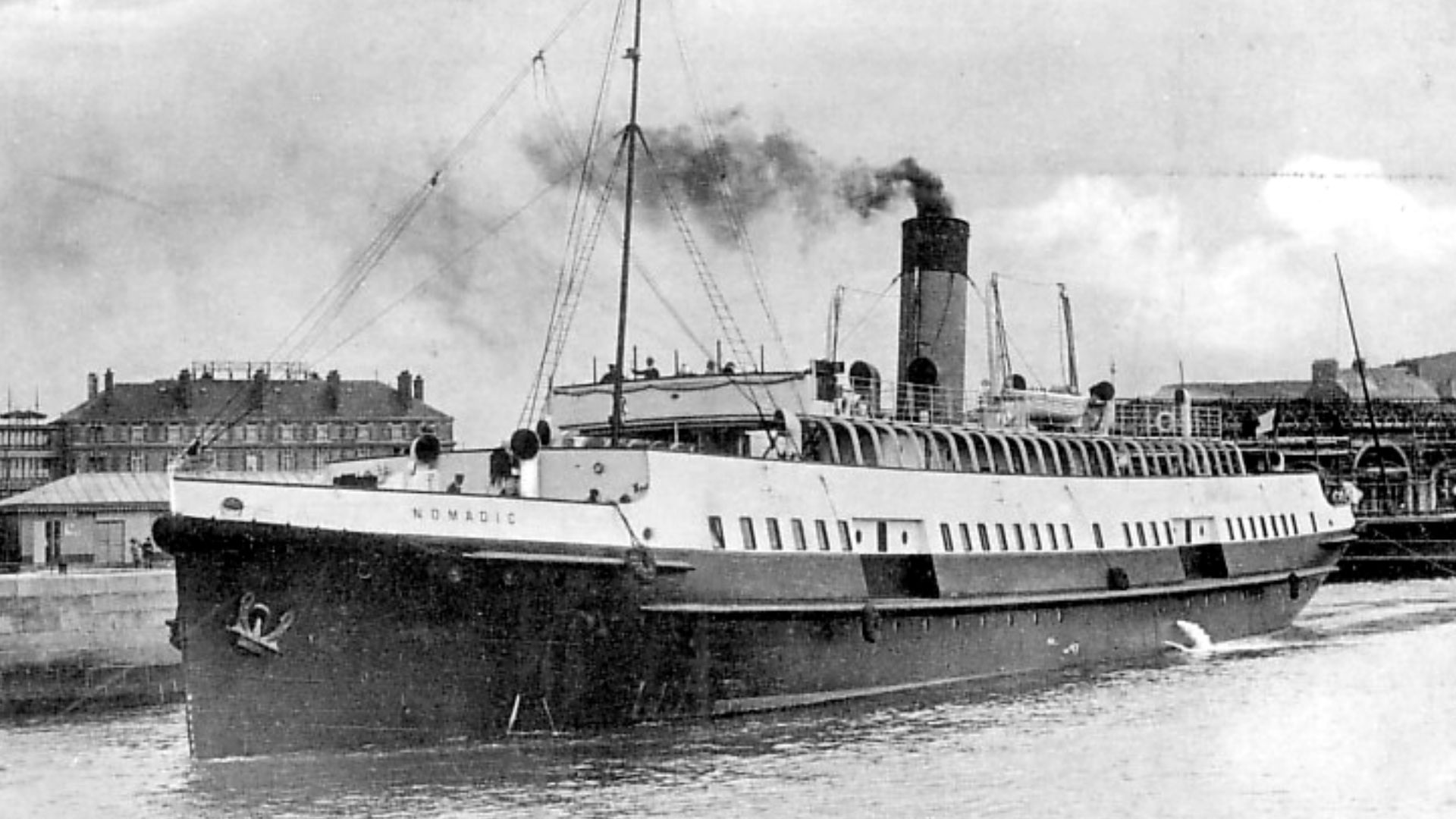 Unknown authorUnknown author, Wikimedia Commons
Unknown authorUnknown author, Wikimedia Commons
RMS Republic
Dubbed the “Millionaire’s Ship” for its wealthy clientele, the RMS Republic hit the ocean floor in 1909 after a collision near Nantucket. The ship sent the first CQD distress signal, which enabled nearby vessels to rescue over 1,500 passengers. This incident sparked treasure hunt rumors that persist, fueled by its rumored gold cargo.
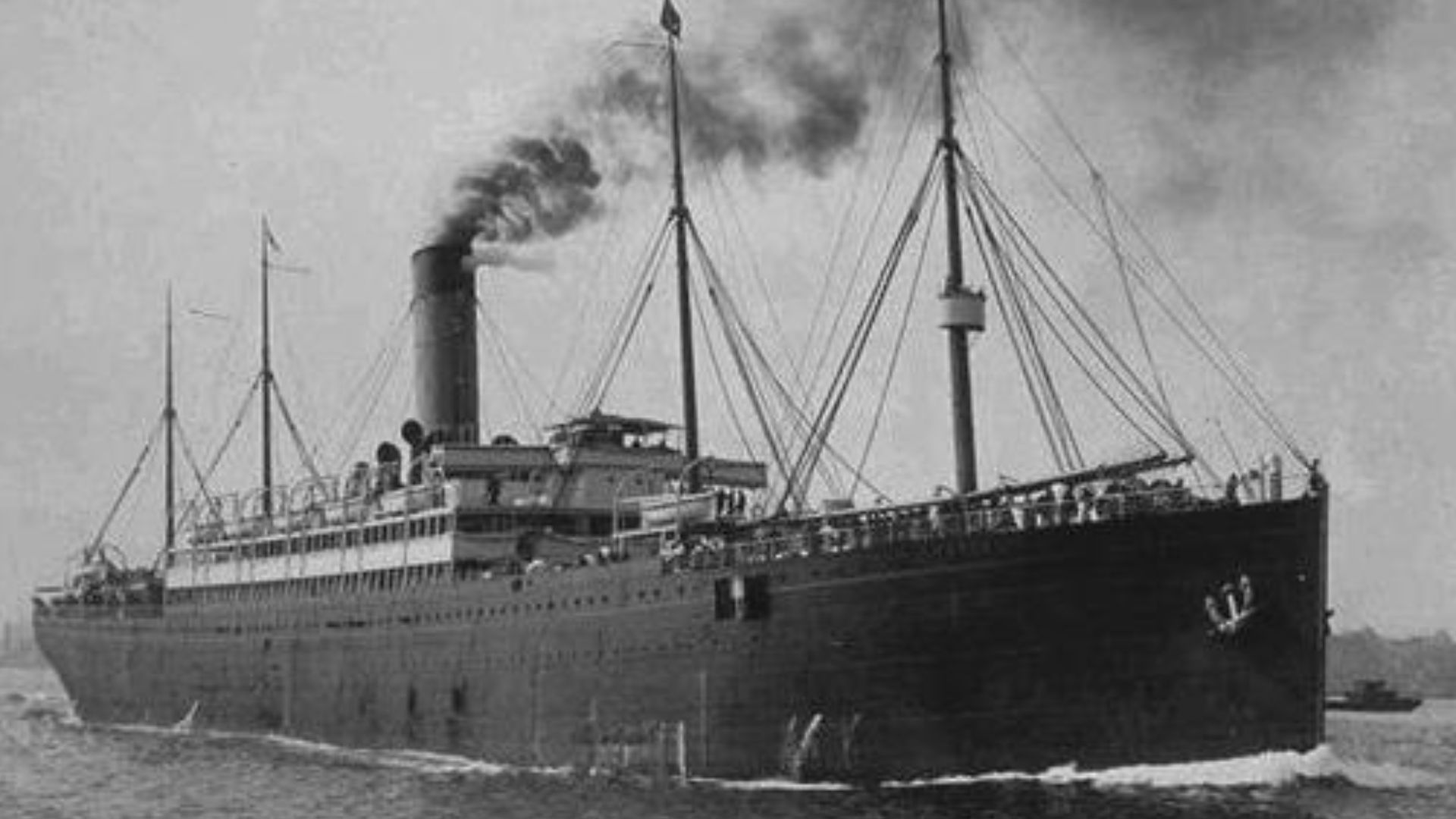 White Star Line, Wikimedia Commons
White Star Line, Wikimedia Commons
SS Laconia
While crossing the South Atlantic in 1942, the SS Laconia was struck by a German U-boat during wartime operations. Onboard were civilians, Allied troops, and Italian prisoners of war. After initial rescue efforts by the U-boat crew, an American airstrike halted aid, prompting the chilling “Laconia Order” to end such rescues.
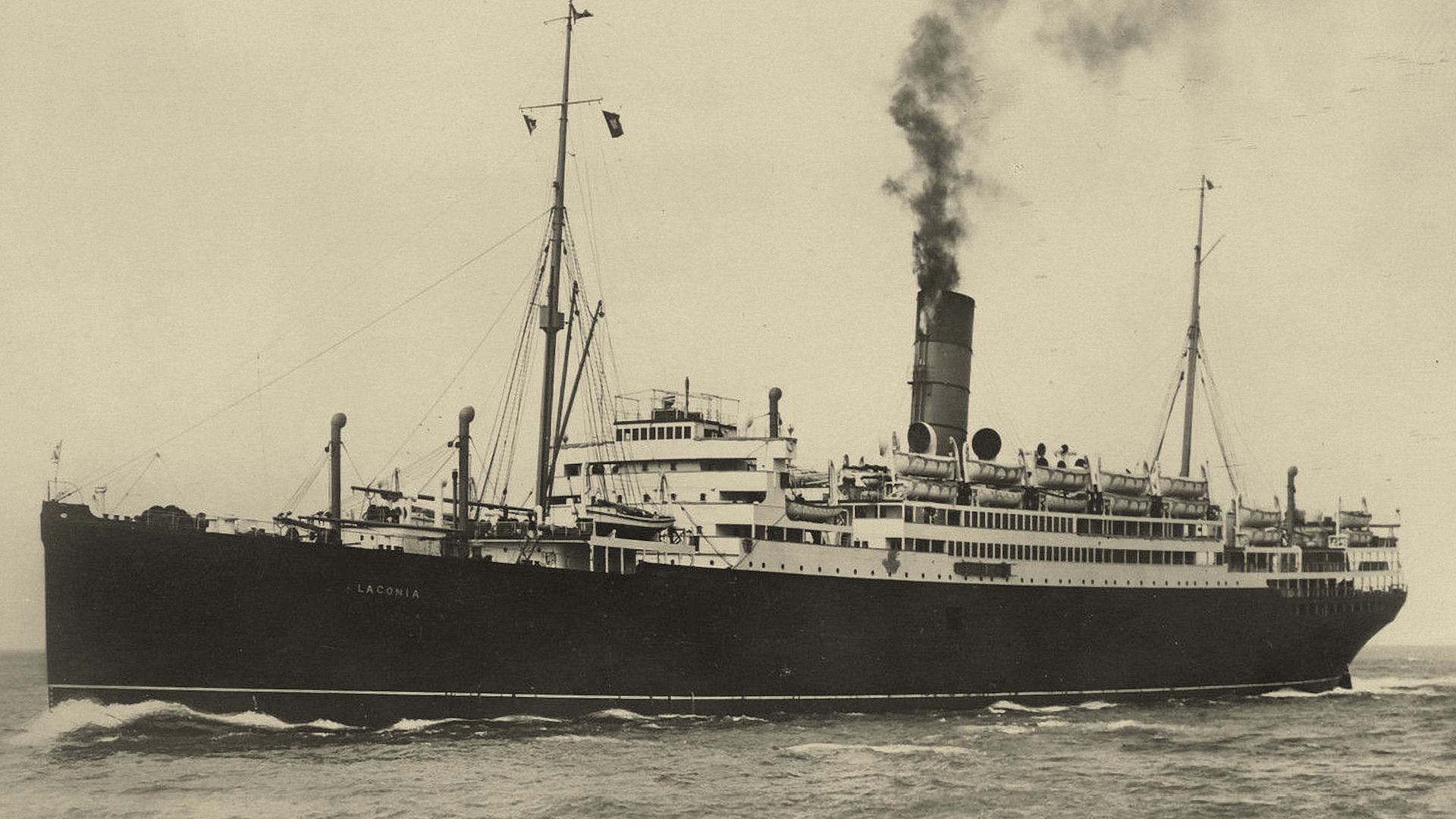 Unknown authorUnknown author, Wikimedia Commons
Unknown authorUnknown author, Wikimedia Commons
SS Rotterdam
The final Dutch “ship of state,” SS Rotterdam, now rests in her home port as a floating hotel and museum. Once a symbol of postwar modernism, she crossed the Atlantic and later cruised worldwide until 1959. Restored in 2010, she showcases mid-century design and maritime heritage to new generations.
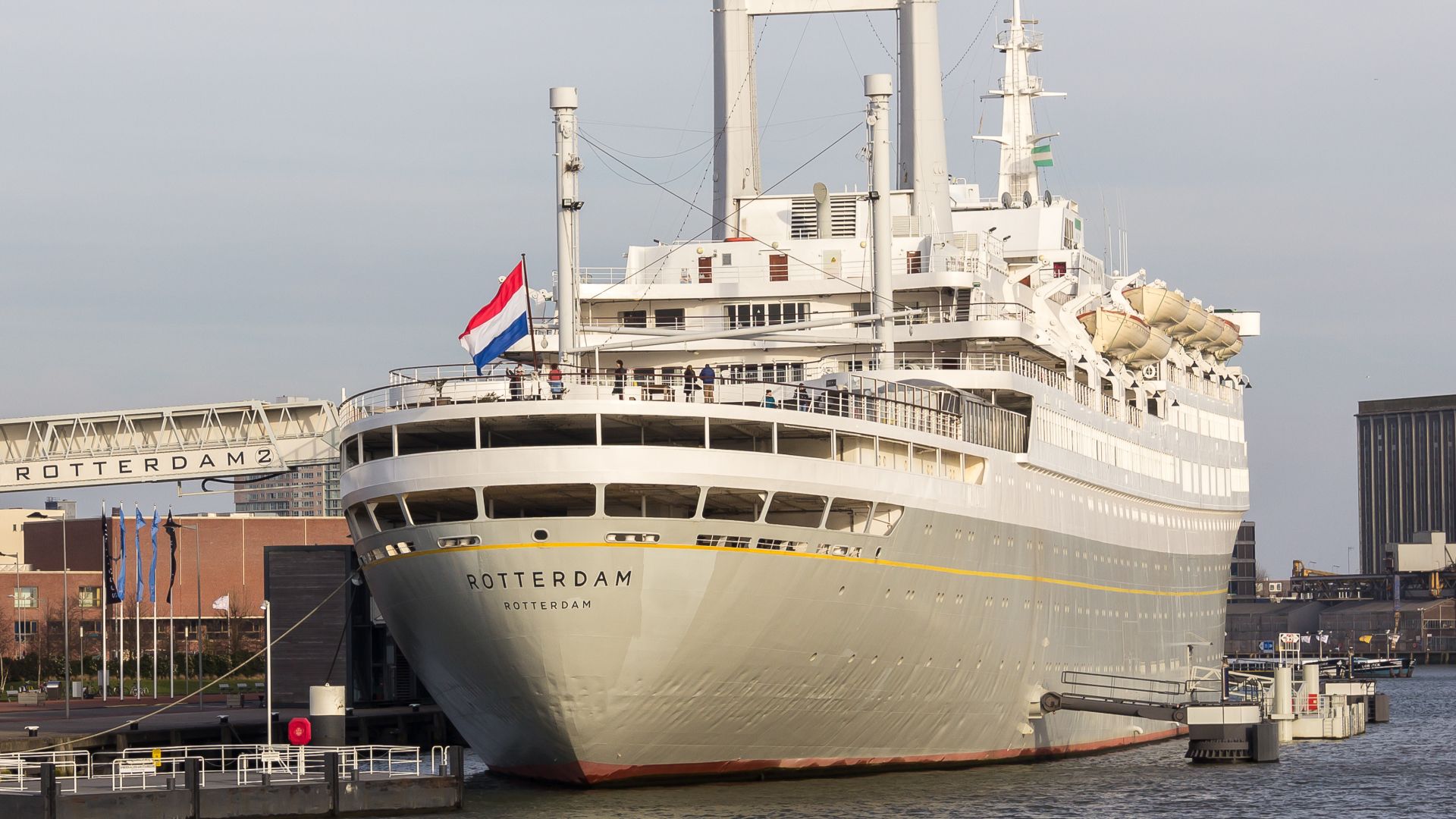 Raimond Spekking, Wikimedia Commons
Raimond Spekking, Wikimedia Commons
SS General Slocum
On June 15, 1904, General Slocum caught fire during a church outing on New York’s East River. Lifeboats were tied down, and life jackets were unusable. Over 1,000, mostly women and children, lost their lives. The tragedy devastated the German-American community and prompted new safety regulations for passenger vessels.
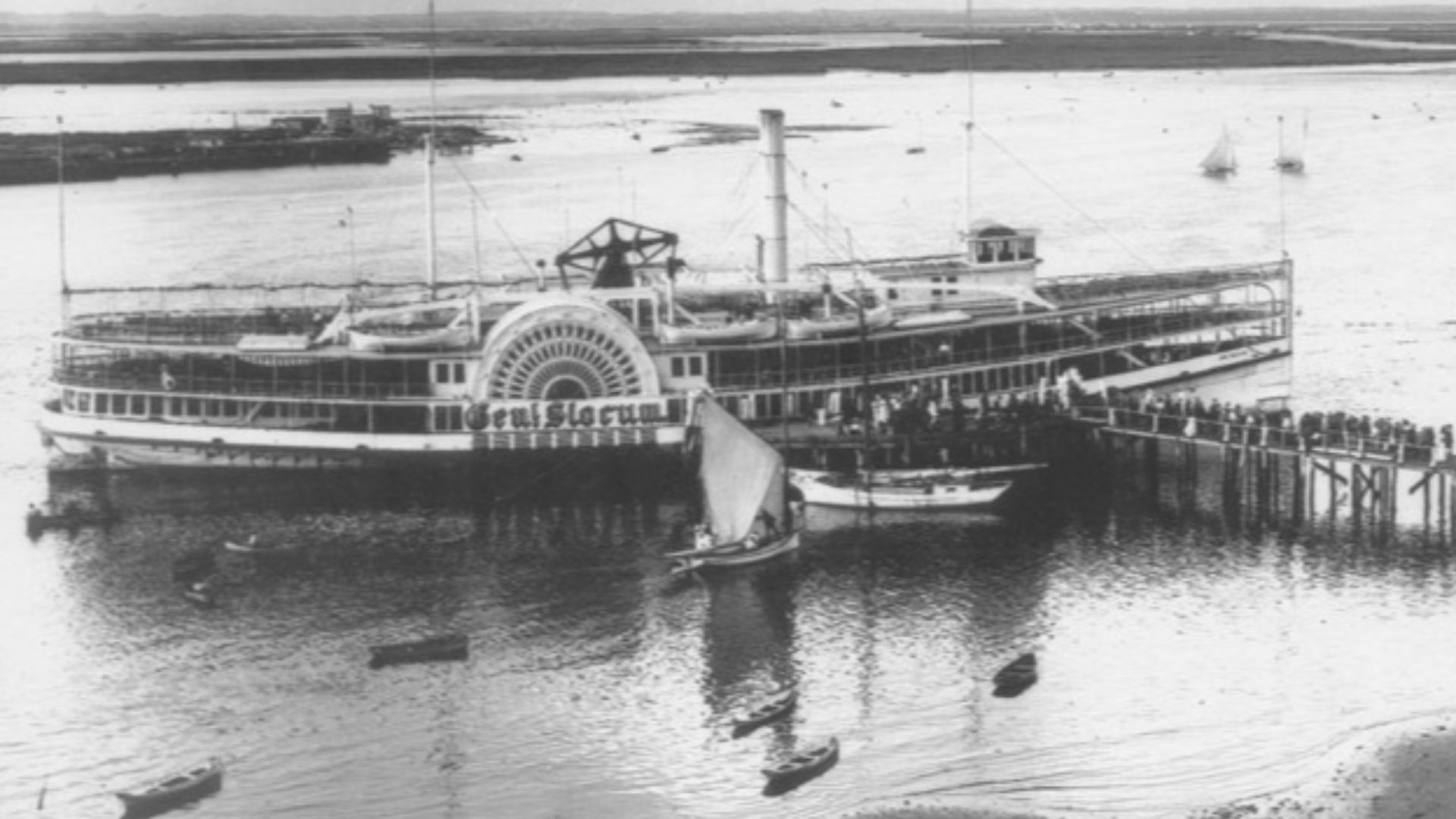 Unknown authorUnknown author, Wikimedia Commons
Unknown authorUnknown author, Wikimedia Commons
SS Great Britain
Built in 1843 by Isambard Kingdom Brunel, SS Great Britain was the world’s first iron-hulled, screw-propelled ocean liner. After decades of abandonment, she was salvaged in 1970 and returned to Bristol. Now a fully restored museum ship, she is a turning point in maritime innovation and industrial design.
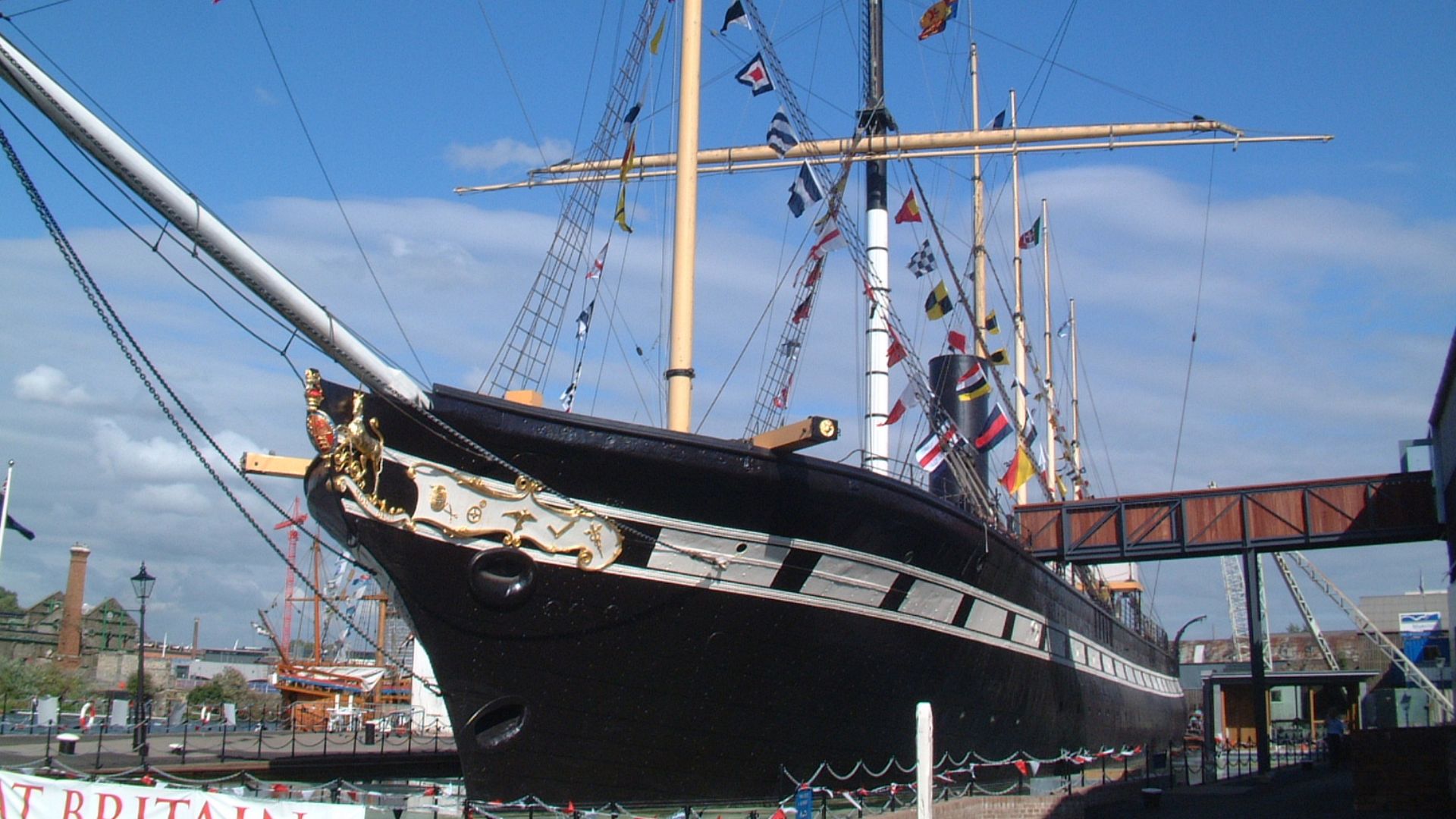 mattbuck (category), Wikimedia Commons
mattbuck (category), Wikimedia Commons
RMS Mauretania
A technological marvel of her time, the Mauretania held the Atlantic speed record for over two decades. Retired in 1934 and scrapped, parts of the ship were salvaged and preserved. Her woodwork and fittings now appear in museums and hotels as quiet echoes of a once-celebrated transatlantic titan.
SS United States
Still docked in Philadelphia, the SS United States is considered the fastest ocean liner ever built. Launched in 1952, she set records that still stand today. Though stripped of interiors, preservation efforts continue amid fundraising challenges. Her sleek, rusting frame represents America’s postwar ambition and enduring fascination with maritime speed.
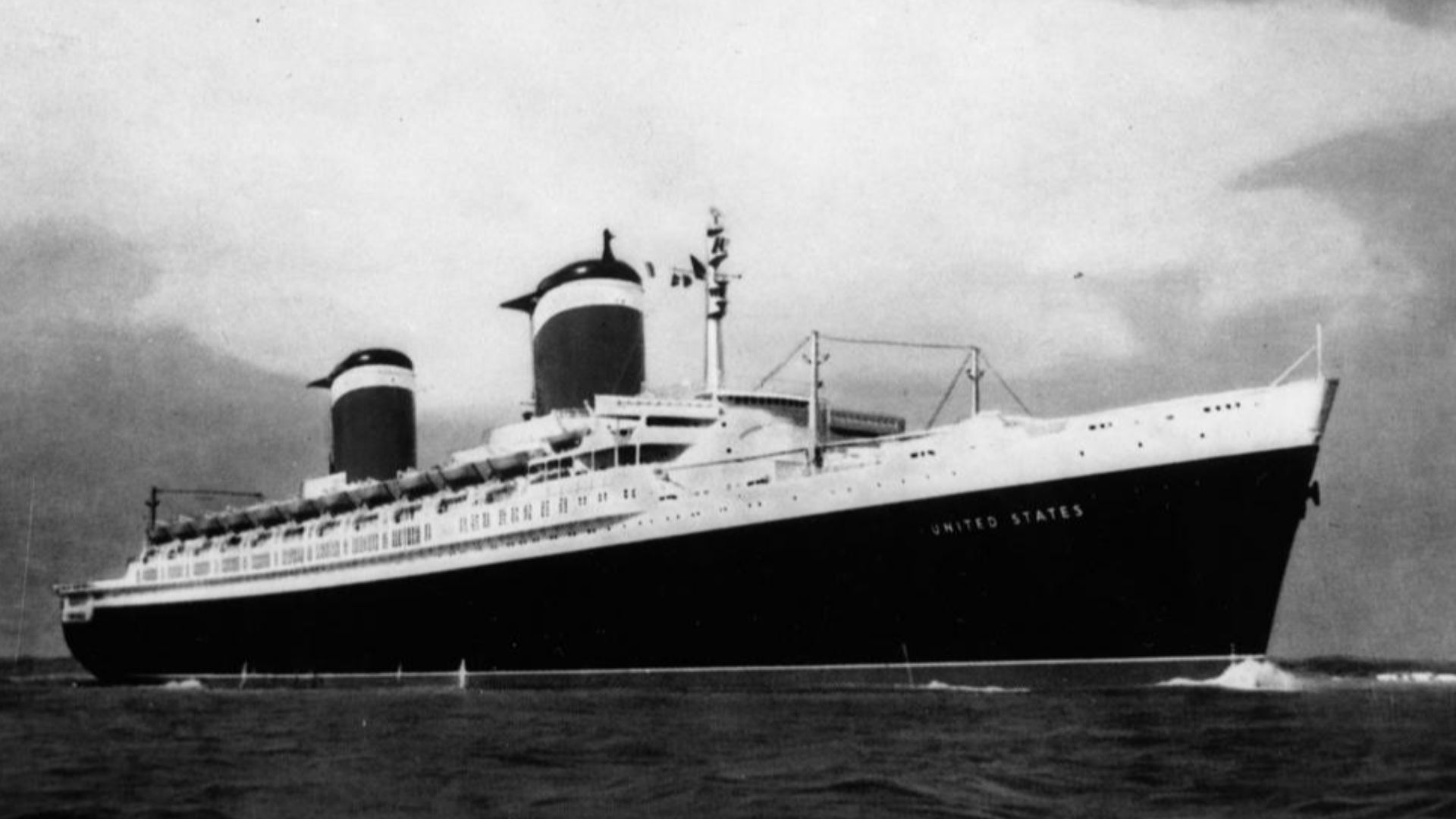 Unknown authorUnknown author, Wikimedia Commons
Unknown authorUnknown author, Wikimedia Commons
SS Keewatin
After its launch, the SS Keewatin became a fixture on Canada’s Great Lakes. It entered service in 1907 and remained active for over 50 years, but it’s now moored in Ontario as a museum ship. She preserves one of the last authentic Edwardian passenger liner interiors and offers visitors a direct link to early 20th-century maritime heritage.
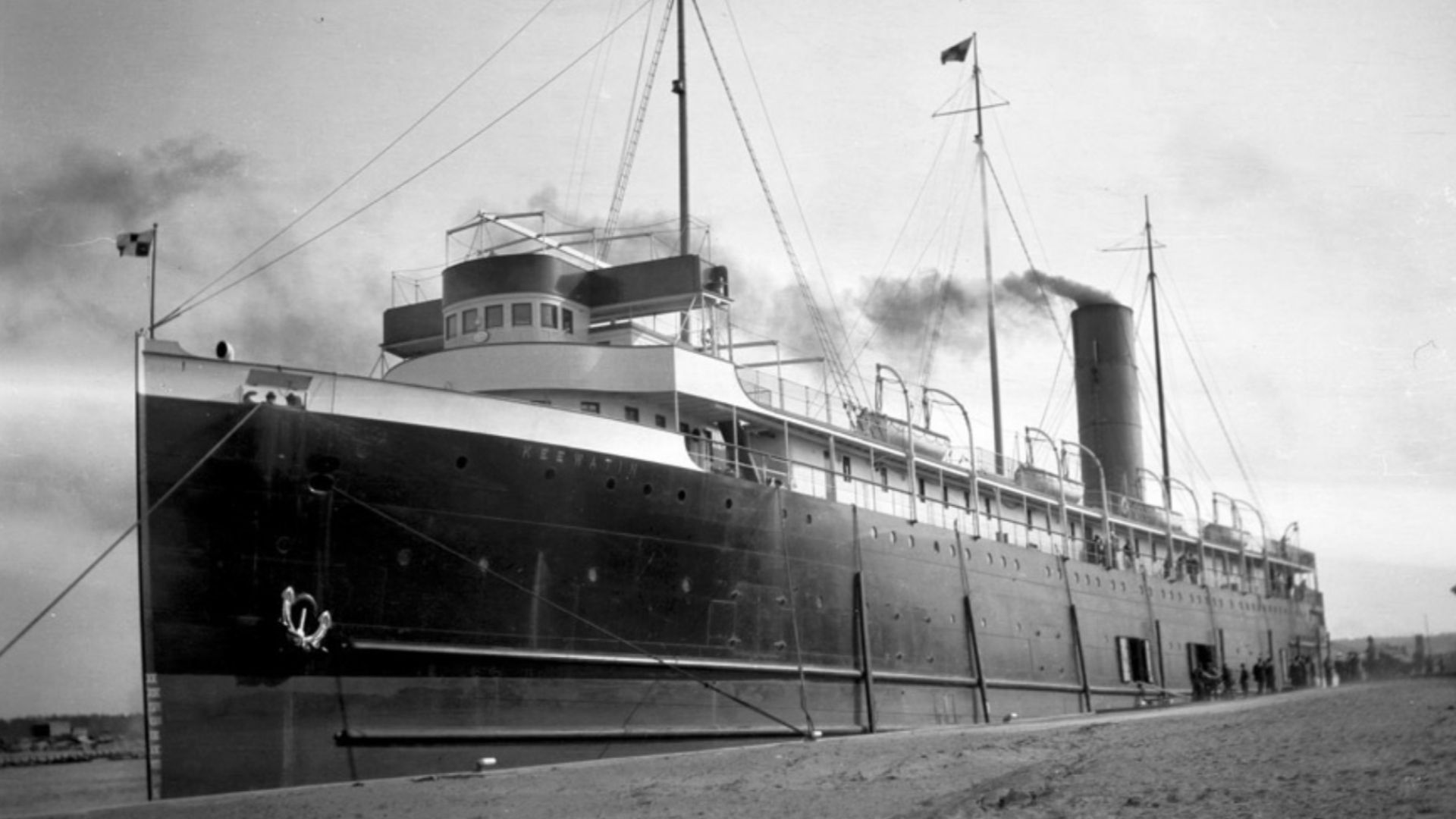 Nova Scotia Archives, Wikimedia Commons
Nova Scotia Archives, Wikimedia Commons
SS Normandie
Launched in 1935, SS Normandie represented French elegance with its Art Deco interiors and innovative design. She captured the Blue Riband on her maiden voyage. Tragically, she caught fire and capsized in New York in 1942 while being converted for war use. Her brief life left a lasting design legacy.
SS France
As France’s final ocean liner, SS France symbolized national pride and postwar resurgence. With sleek lines and avant-garde interiors, she blended tradition with modernism. Later refitted as SS Norway for cruising, she became the largest cruise ship of her time. It was renamed SS Blue Lady for final voyage to the scrapyard in Alang, India.
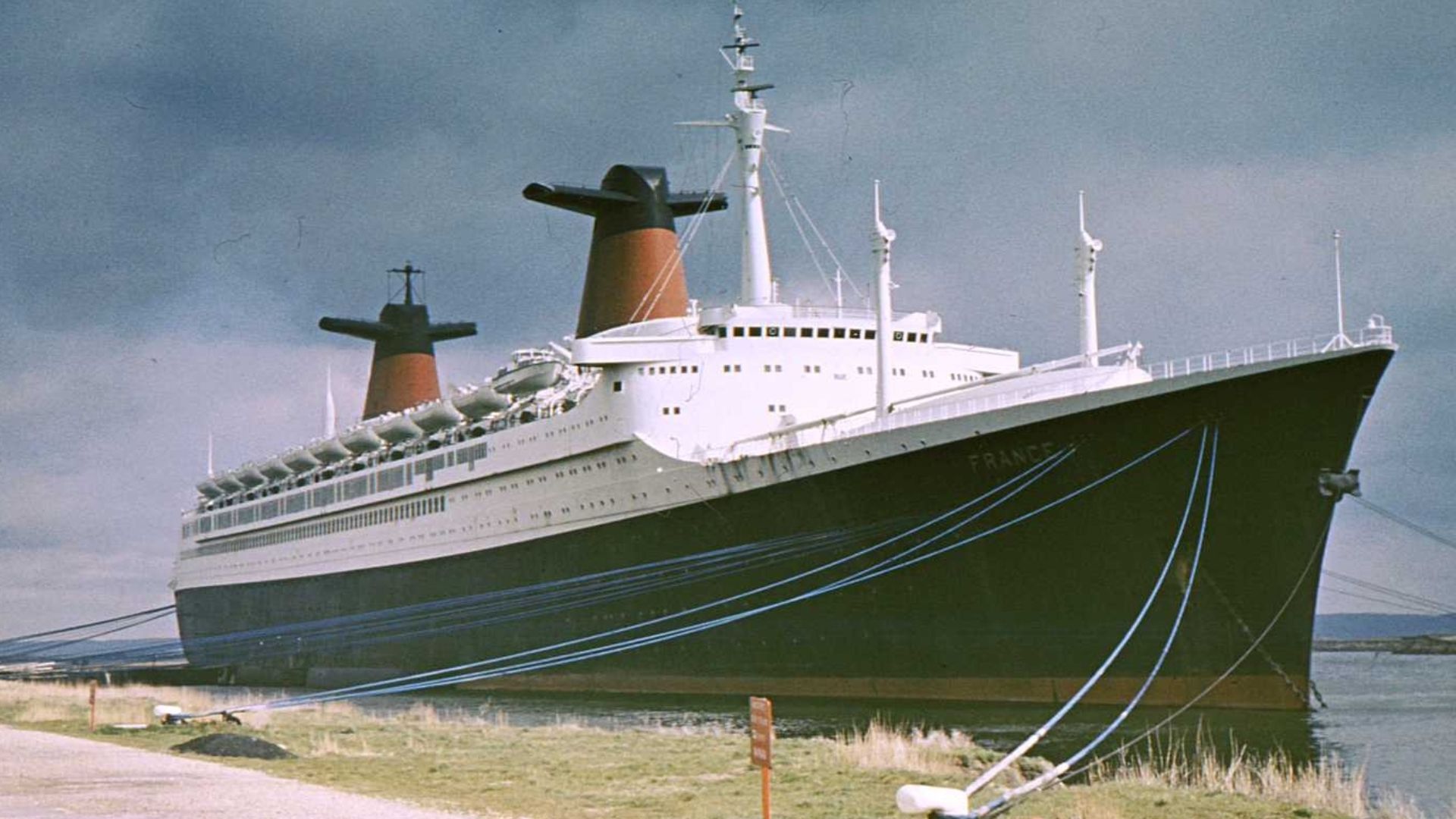 Nikolay Chekanov, Wikimedia Commons
Nikolay Chekanov, Wikimedia Commons
RMS Aquitania
Nicknamed the “Ship Beautiful,” RMS Aquitania debuted in 1914 with refined Edwardian luxury and four funnels. She served in both world wars by transporting troops and wounded. Praised for her balance of speed and elegance, she was the only major liner to serve in both world wars and peacetime.
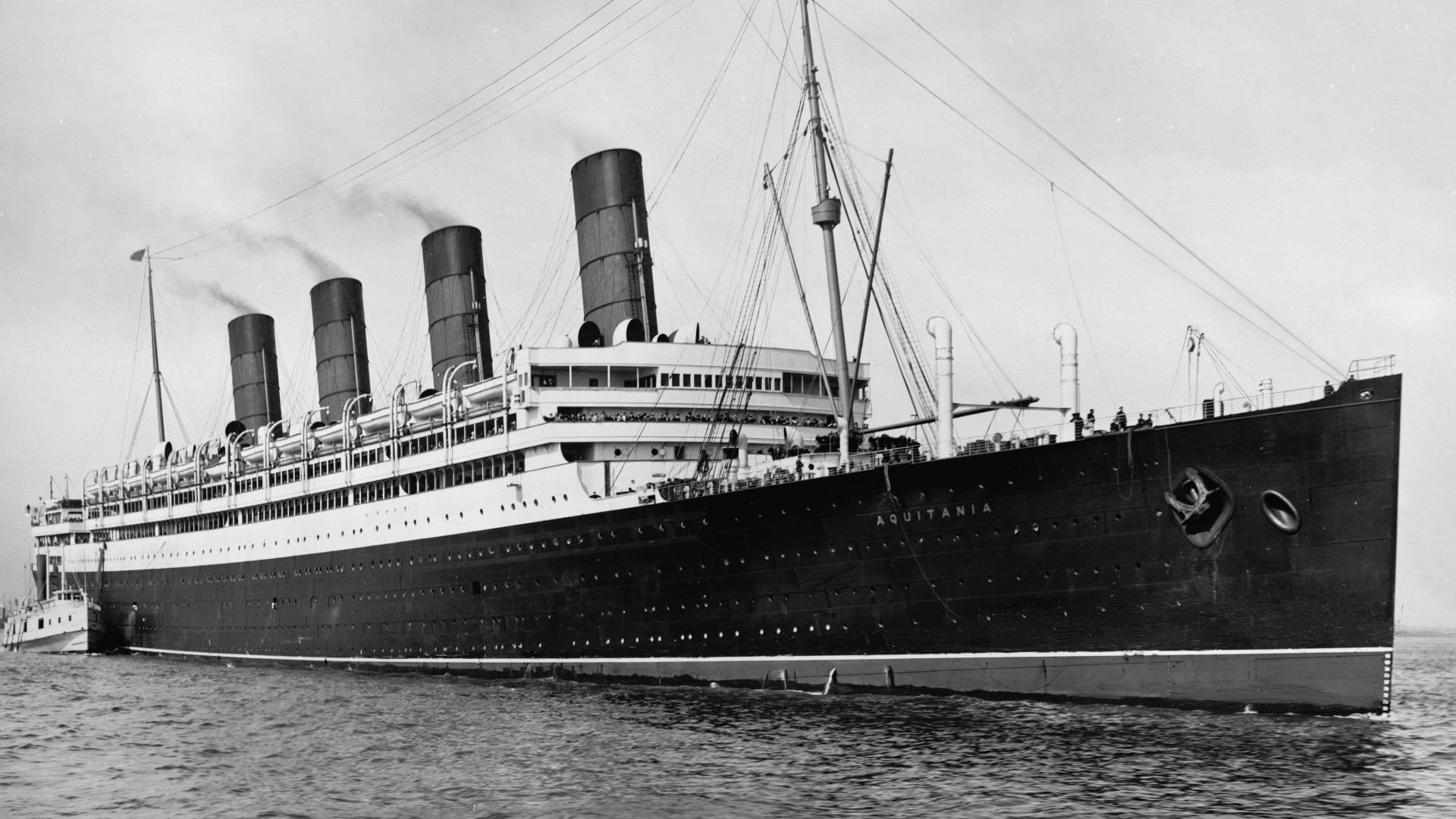 Detroit Publishing Co., Wikimedia Commons
Detroit Publishing Co., Wikimedia Commons
RMS Olympic
Titanic’s nearly identical sister, RMS Olympic, enjoyed a long, successful career from 1911 to 1935. She was a troopship in WW1 and earned the nickname “Old Reliable.” Unlike Titanic, she avoided disaster and was eventually scrapped. Her interiors were salvaged and remain in public and private collections.
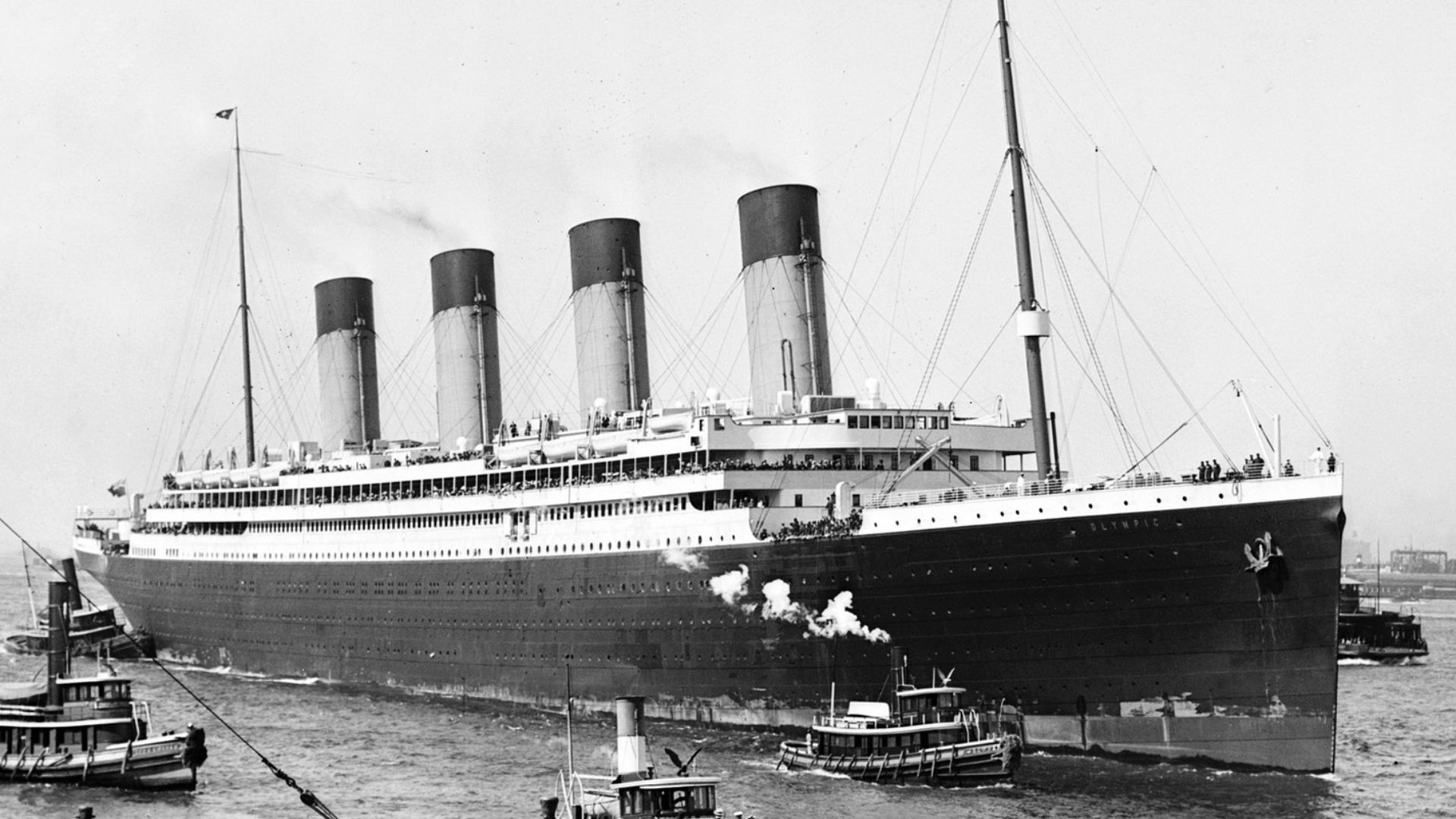 Paul Thompson, Wikimedia Commons
Paul Thompson, Wikimedia Commons
SS Leviathan
First called the “German Vaterland,” this ship was seized during WW1 and renamed SS Leviathan. Once the largest ship in the American fleet, she represented US maritime ambition during the 1920s. Despite her scale, she struggled financially and was scrapped in 1938. Her grandeur reflected a bold but brief era.
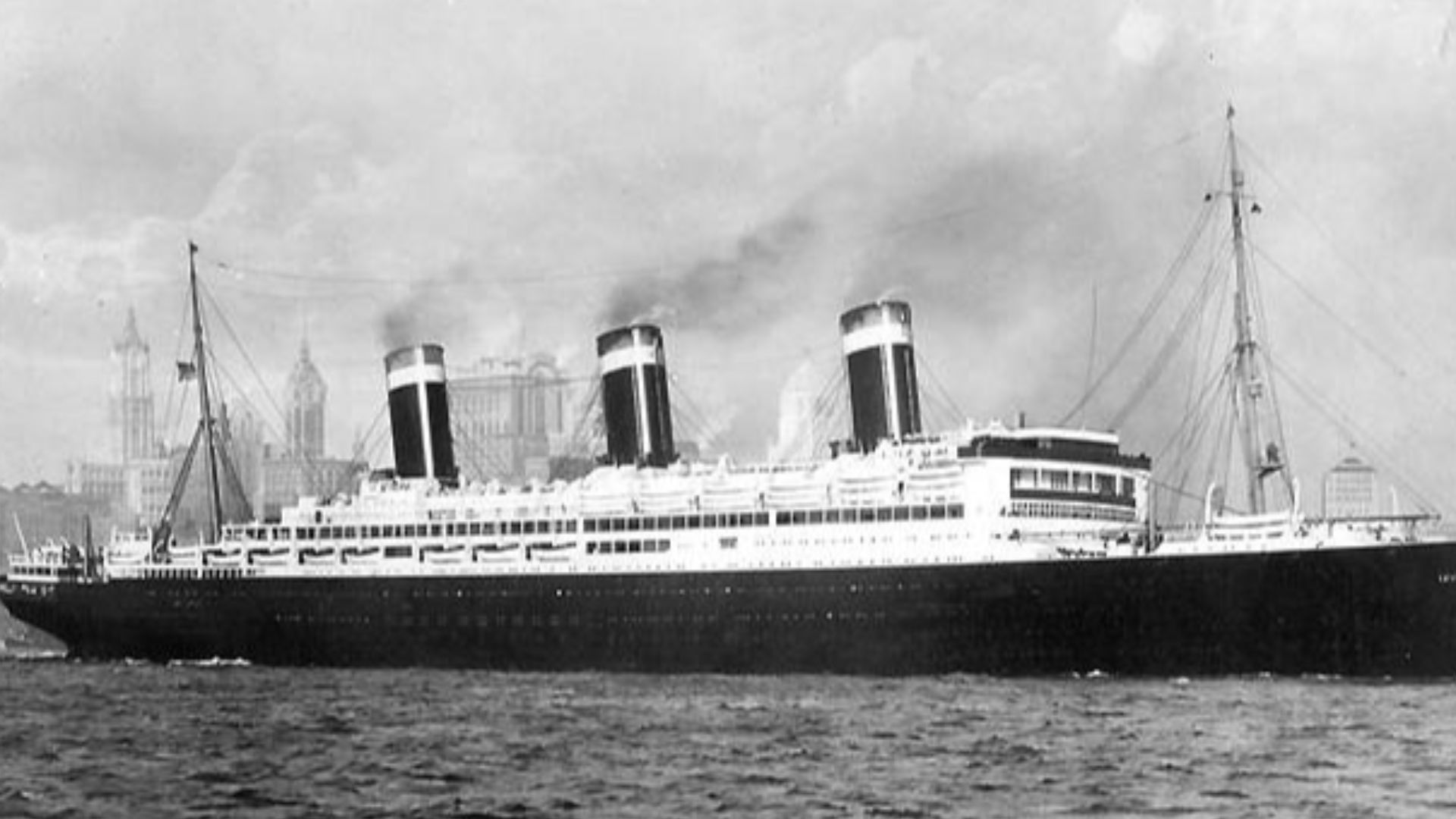 Unknown photographer, Wikimedia Commons
Unknown photographer, Wikimedia Commons
RMS Empress Of Britain
Canada’s largest and most luxurious liner, the Empress of Britain, was a floating palace with marble staircases and ornate lounges. She carried troops in WW2 before being sunk by German bombs in 1940. Her loss was one of the most significant of wartime civilian shipping.
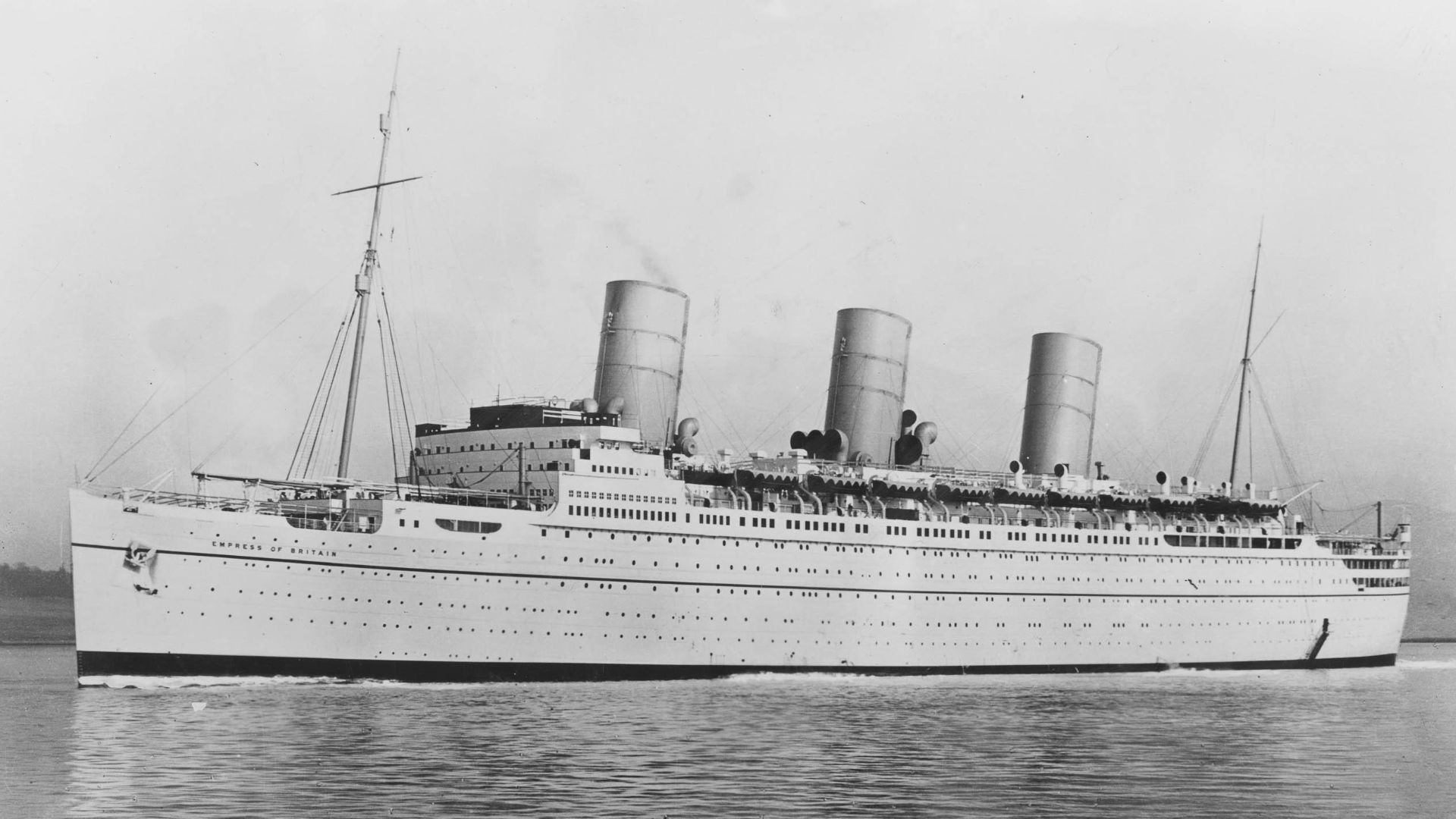 Bale, Stewart, Wikimedia Commons
Bale, Stewart, Wikimedia Commons
RMS Baltic
The RMS Baltic was the world’s largest ship—an emblem of White Star Line’s ambition. Though overshadowed by her successors, she played a vital role in early 20th-century transatlantic travel and wartime transport. Her record-setting size and reliable service solidified her cultural significance during a competitive era in ocean travel.
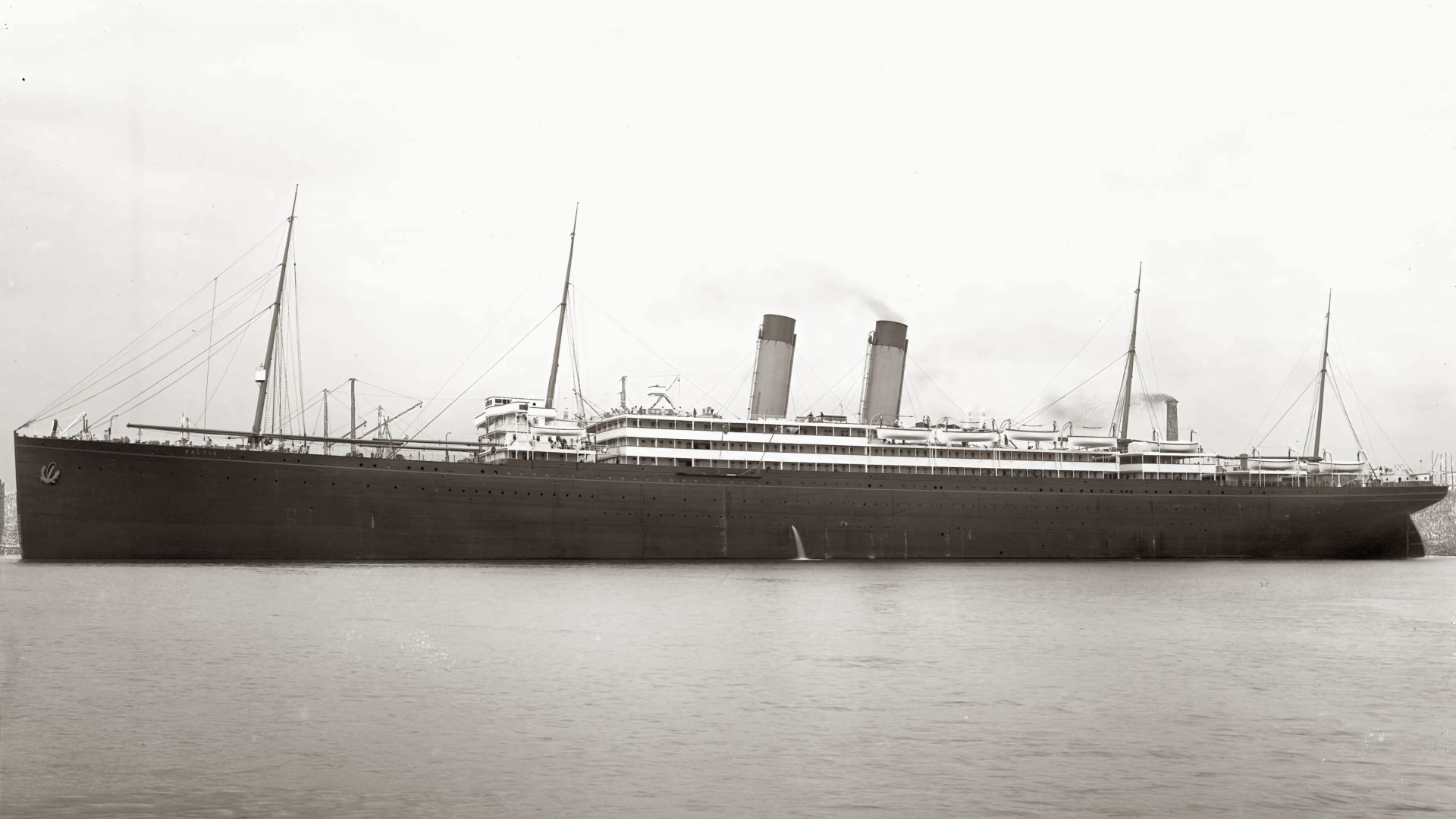 Robert Welch, Wikimedia Commons
Robert Welch, Wikimedia Commons
RMS Majestic
First built as the German Bismarck and later ceded to Britain, RMS Majestic became the world’s largest ship of her time. She carried luxury passengers and naval cadets before being scrapped in 1943. Her grand scale and international origins made her a maritime symbol of postwar transition and repurposing.
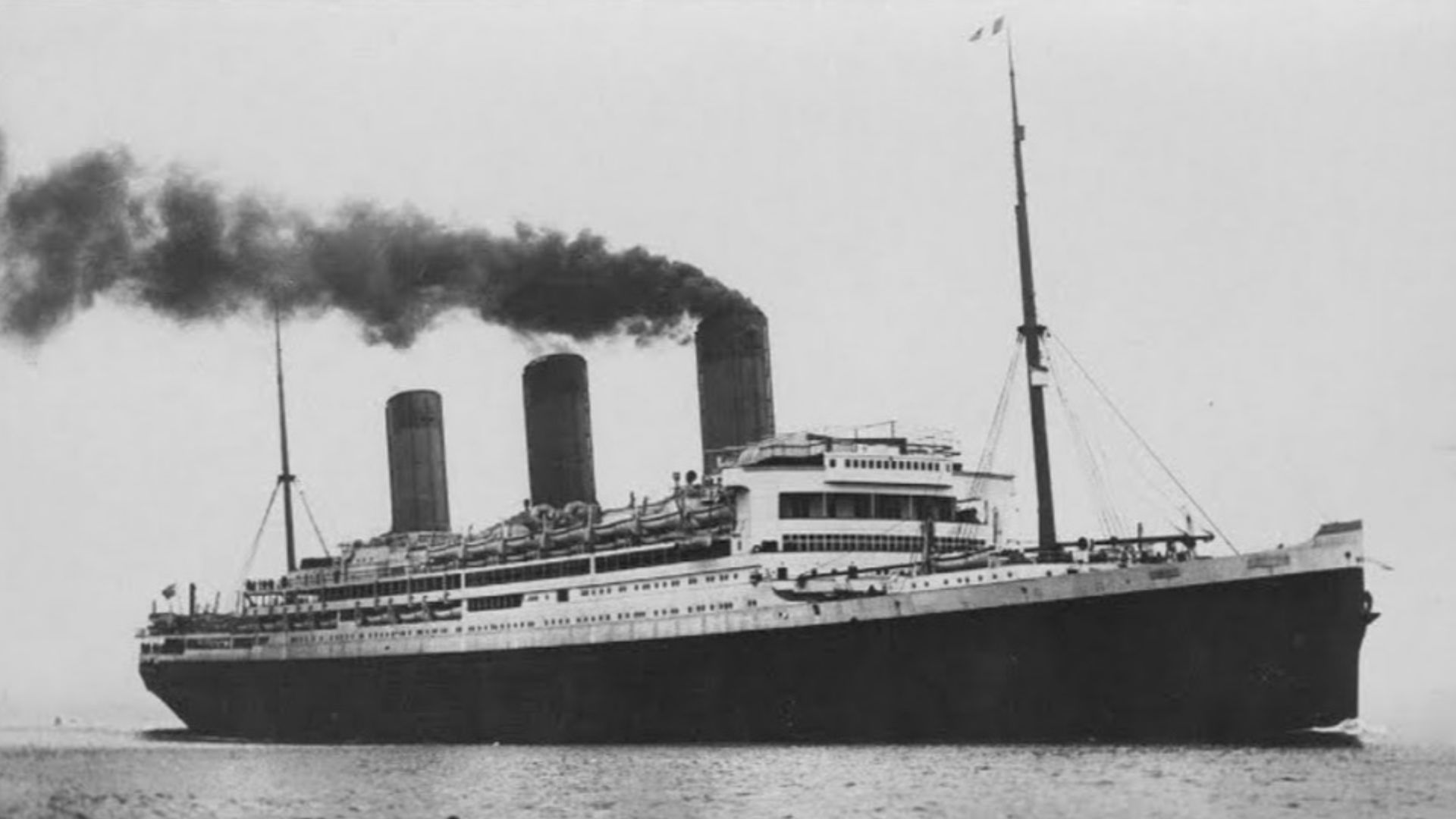 Francis Godolphin Osbourne Stuart, Wikimedia Commons
Francis Godolphin Osbourne Stuart, Wikimedia Commons
RMS Carpathia
Best known for rescuing Titanic’s survivors in 1912, RMS Carpathia steamed through ice to reach lifeboats in time. Her crew’s heroism won international praise. Later converted into a troopship, she was hit in 1918 during WW1. Carpathia’s gallantry forever links her to one of history’s most iconic tragedies.
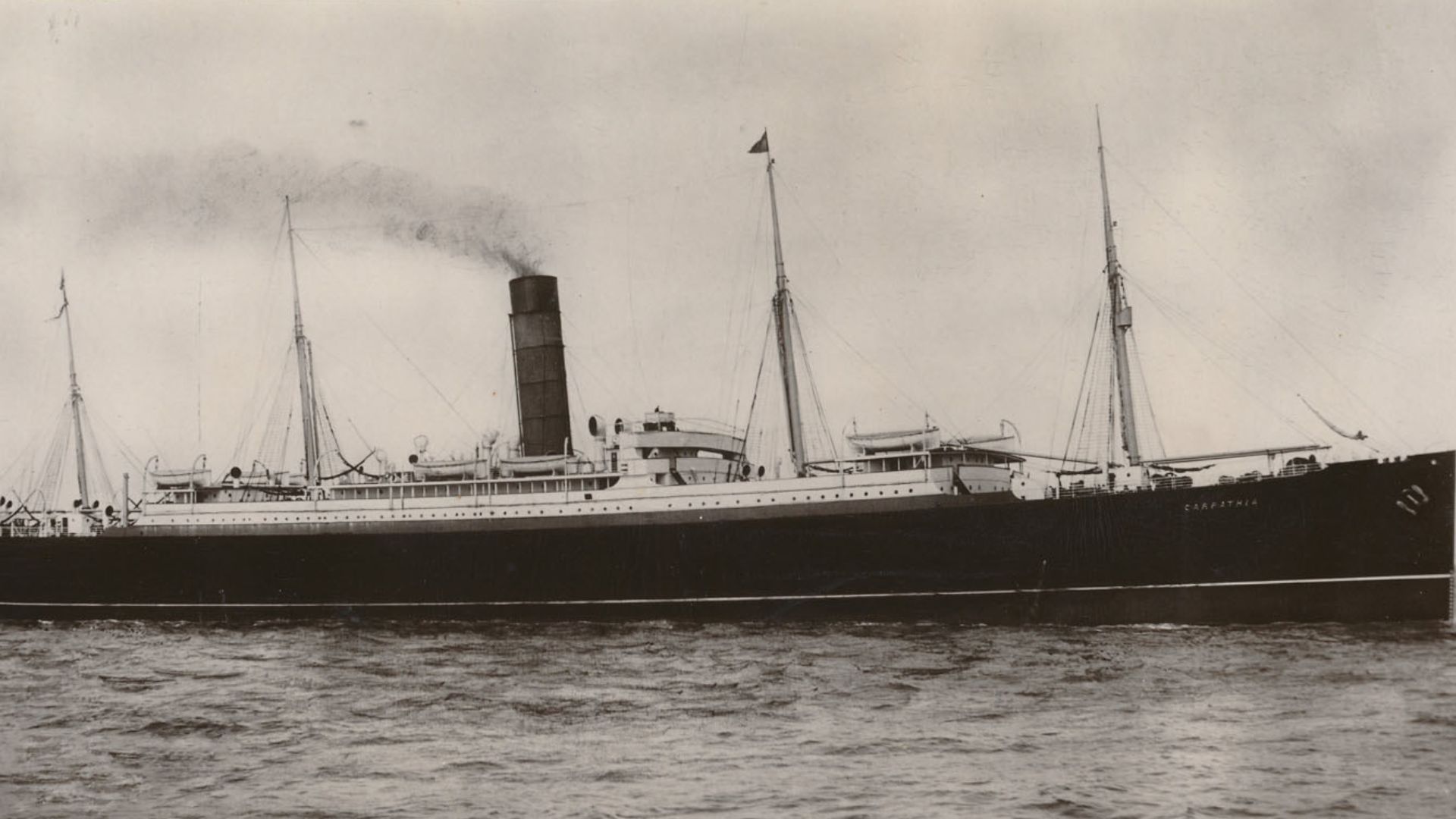 Unknown authorUnknown author, Wikimedia Commons
Unknown authorUnknown author, Wikimedia Commons
SS St Louis
In 1939, SS St Louis carried over 900 Jewish refugees fleeing Nazi Germany, only to be denied entry by Cuba, the US, and Canada. Forced to return to Europe, many passengers later perished in the Holocaust. The “Voyage of the Damned” remains a haunting reminder of refugee exclusion policies.
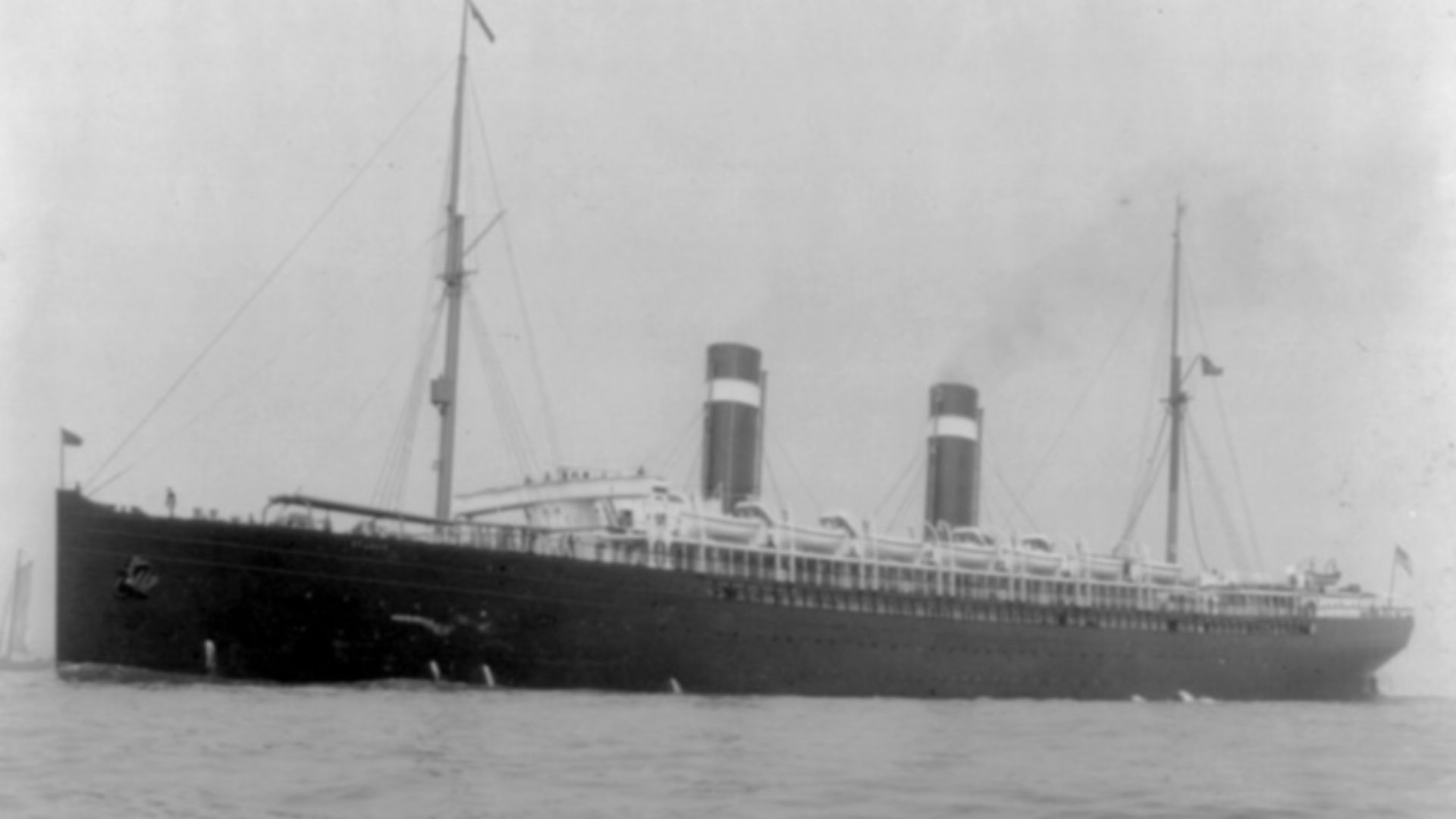 Maritimequest, Wikimedia Commons
Maritimequest, Wikimedia Commons
SS Kaiser Wilhelm Der Grosse
Germany’s first superliner, Kaiser Wilhelm der Grosse, set a new standard for luxury and speed after her 1897 debut. She earned the Blue Riband and symbolized German naval prestige. Requisitioned in WW1, she was sunk in 1914. Her dramatic shift from peace to war reflects early 20th-century volatility.
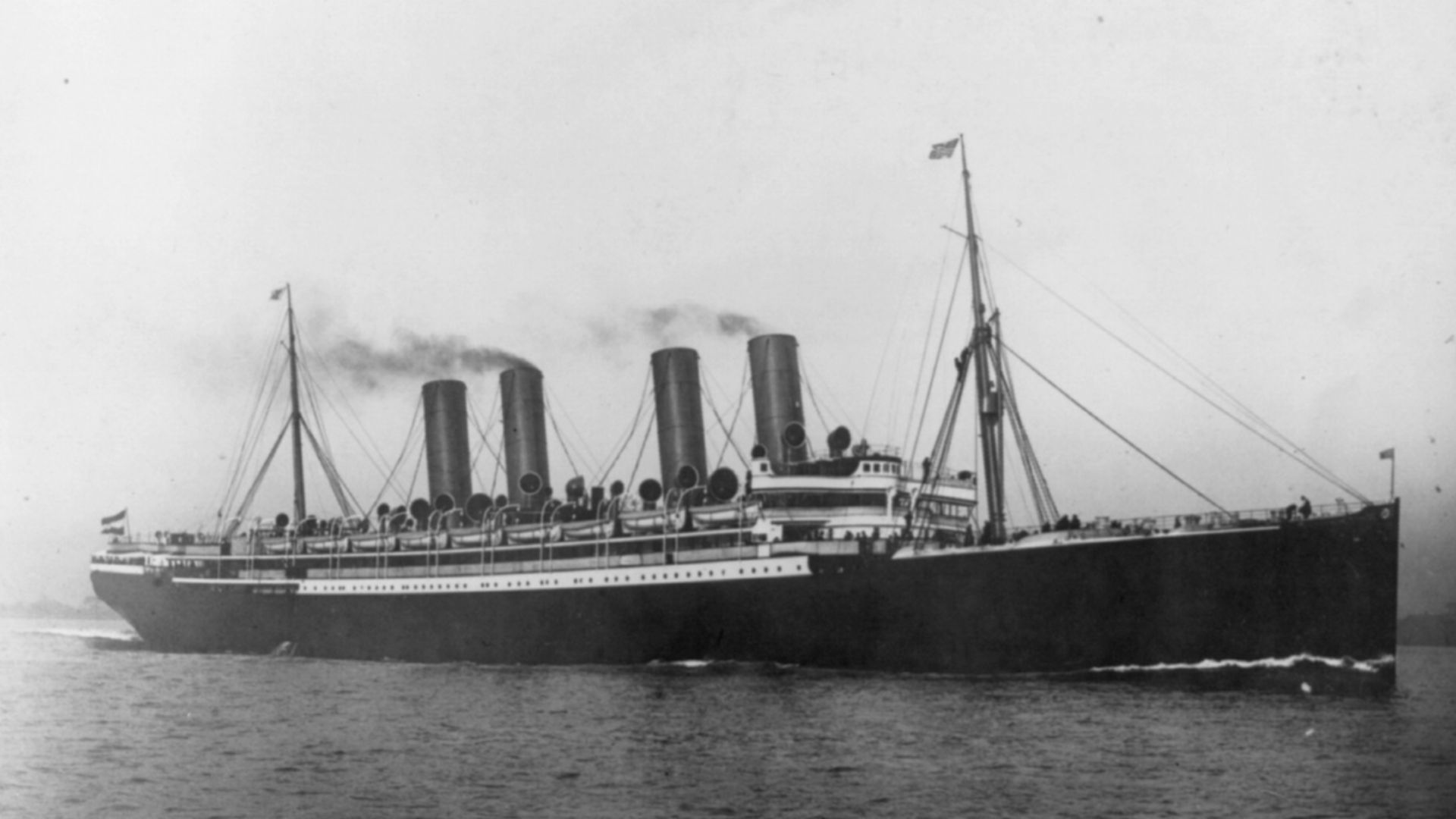 A. [August] Loeffler (1865–1946), Tompkinsville, N.Y., Wikimedia Commons
A. [August] Loeffler (1865–1946), Tompkinsville, N.Y., Wikimedia Commons
RMS Windsor Castle
In 1959, Windsor Castle was one of Britain’s last great ocean liners, as it operated between England and South Africa. Known for her white hull and spacious design, she served colonial and postcolonial routes with distinction. She was sold and scrapped in the early 1990s to mark the end of an imperial era.
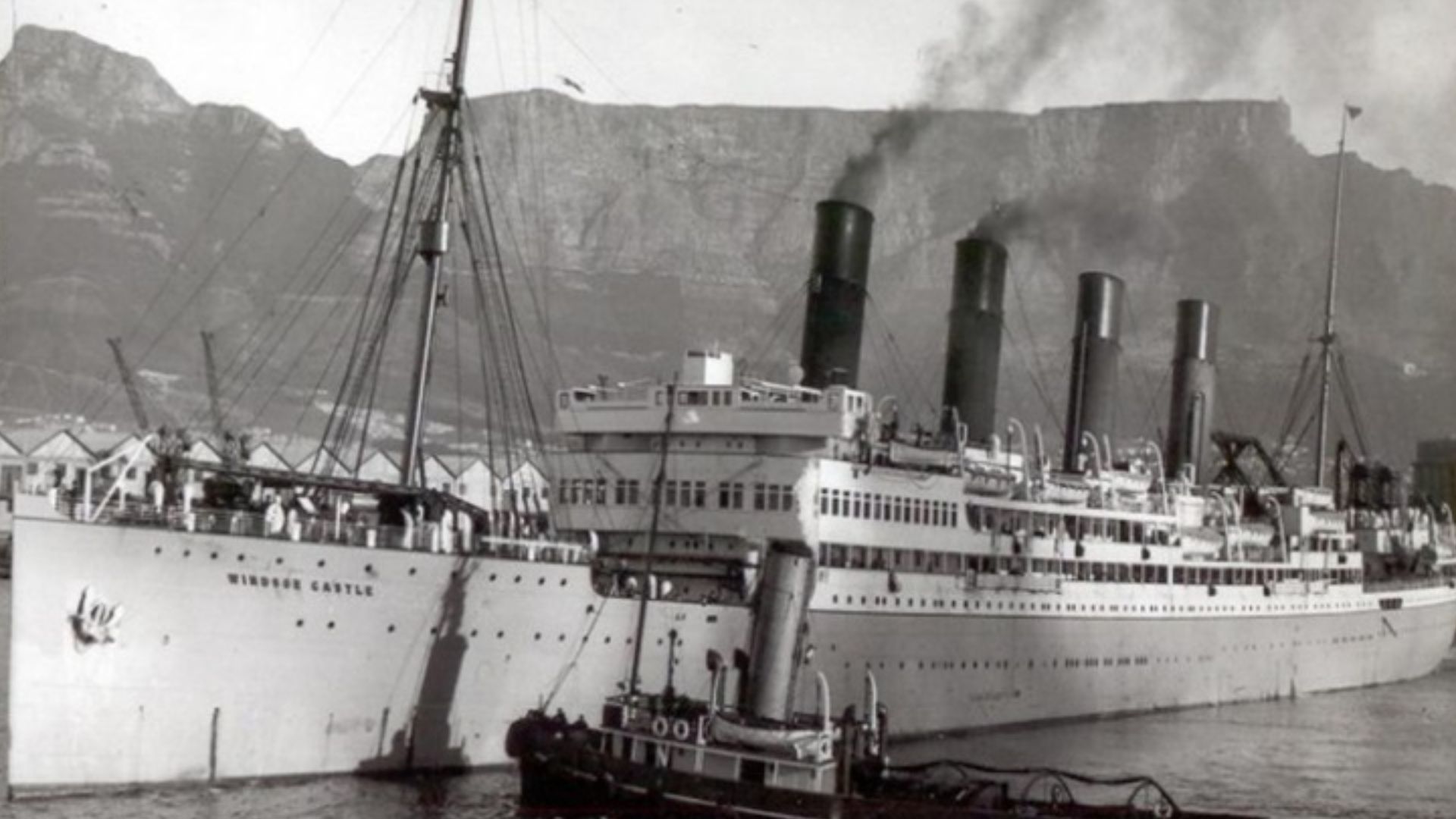 Maritime Quest, Wikimedia Commons
Maritime Quest, Wikimedia Commons
SS Canberra
Nicknamed “The Great White Whale,” SS Canberra was a beloved postwar British liner. In 1982, she played a vital role in the Falklands War, transporting troops with speed and reliability. She returned home to widespread acclaim. Her unique silhouette and military service endeared her to generations of Britons before her retirement.
SS Rex
The SS Rex was Italy’s pride, winning the Blue Riband in 1933. Her lavish interiors symbolized pre-war prestige. During WW2, she was anchored for safety but became a target. Allied aircraft destroyed her in 1944, leaving her wrecked and burning in a dramatic end for a floating palace.
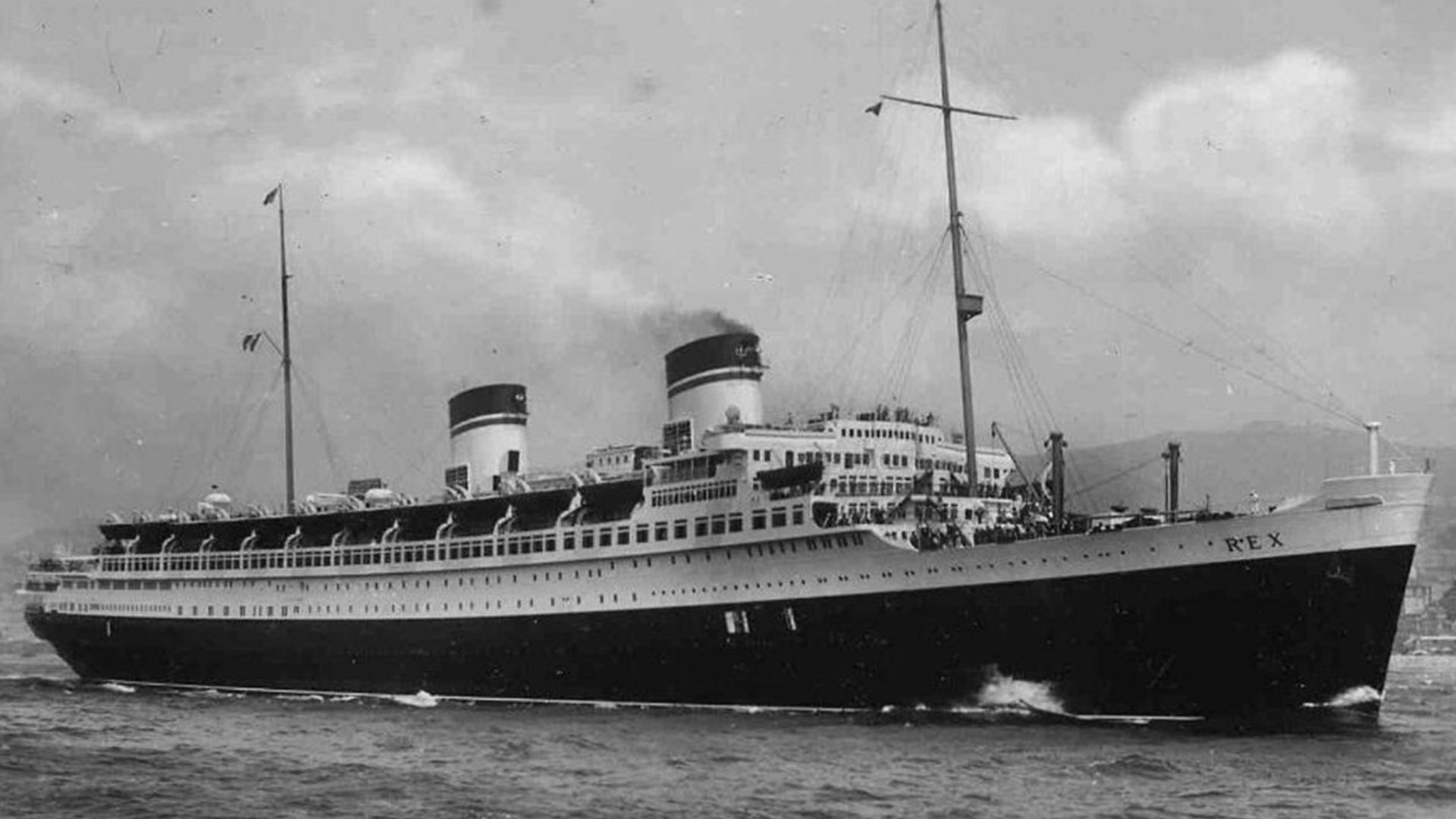 Daniela Tanzj e Andrea Bentivegna, Wikimedia Commons
Daniela Tanzj e Andrea Bentivegna, Wikimedia Commons
MS Stockholm
Best known for colliding with the Andrea Doria in 1956, Stockholm suffered major bow damage but survived. Remarkably, she was repaired and continued sailing under various names for decades. Her longevity and resilience made her one of the rare liners to outlive such a notorious maritime disaster.
MS Kungsholm
This Swedish liner, launched in 1928, mixed Scandinavian elegance with sleek Art Deco interiors and refined service. She cruised global routes until WW2 when she was requisitioned by the US Navy. Though not widely remembered today, Kungsholm’s stylish legacy lives on in photographs and preserved design elements.
 ingen uppgift, Wikimedia Commons
ingen uppgift, Wikimedia Commons

